Testosterone is one of the most important hormones in the human body. Produced in the testicles by males, testosterone contributes to the growth and development of the secondary sex characteristics in males. Testosterone is also produced in the adrenal glands and ovaries of females, but in much smaller amounts. When the body lacks a sufficient amount of testosterone, a plethora of health issues can ensue. Testosterone therapy aims to reverse and prevent these issues and restore the body’s natural hormonal balance.
The Impact of Low Testosterone Levels
As we age, natural testosterone levels tend to decrease. This can occur not only in men, but in women as well, and low testosterone is associated with a broad list of health conditions. Some of these conditions are listed below.
Lethargy
Loss of muscle mass
Decreased sex drive
Mild depression
Development of excess body-fat
Testosterone therapy has many notable effects that you can feel and actually measure. Men most commonly report increased sex drive, more energy, motivation and increased physical performance.
Women notice an increase in mood and libido, greater sense of wellbeing, increased physical performance and reduction in body fat.
Individuals also undergo testosterone therapy to address medical conditions such as:
Delayed Physical Development in Males
In addition to the less serious symptoms that accompany low levels of testosterone, more acute medical issues often stem from testosterone imbalance. These conditions only occur in males, and often accompany the following disorders.
Delayed Puberty – This condition occurs when a male reaches puberty at a much later age than the majority of the general population. Delayed puberty is believed to be strongly influenced by genetics, and it can cause both physical and psychological issues in sufferers. Healthcare professionals often recommend a testosterone therapy to combat this.
Hypogonadism – This is characterized when the testes are incapable of producing an adequate amount of testosterone. Males with this disorder often have difficulty developing primary and secondary sex characteristics. There are multiple types of hypogonadism, but they can all be traced to extreme testosterone deficiencies.
Although these conditions are extremely rare, medical evidence shows that they usually respond positively to testosterone replacement therapy.
Testosterone and Breast Cancer
Testosterone is also used to treat inoperable breast cancer in older, post-menopausal females. It is usually employed as a secondary treatment in order to counteract estrogen production. Testosterone therapy in this circumstance is intended to combat cancer cells in the ovaries, and prevent them from spreading. Testosterone therapy has also been employed effectively by experienced oncologists treating other types of tumors.
How Is Testosterone Therapy Administered?
Testosterone therapy is usually given by injection by a trained medical professional. The hormone is injected directly into the muscle, and repeated every one - four weeks, depending on the ester of testosterone being used. As an alternative to injections, testosterone delivery methods also include, creams, gels, patches, and oral preparations. The type of testosterone, it’s delivery method and the duration of the treatment will depend on your doctor’s orders and the desired effect. It is not uncommon, in older males, for testosterone therapy to continue indefinitely.
Dietary supplements can also deliver effects that support testosterone production naturally. Unfortunately, this is an area ripe for snake oil products and the market is loaded with them. Read the labels! Look for efficacious doses of proven ingredients from quality sources.

In short, many individuals can benefit from testosterone therapy. Speak with your physician or medical provider if you believe that you could benefit from this particular type of hormone therapy.


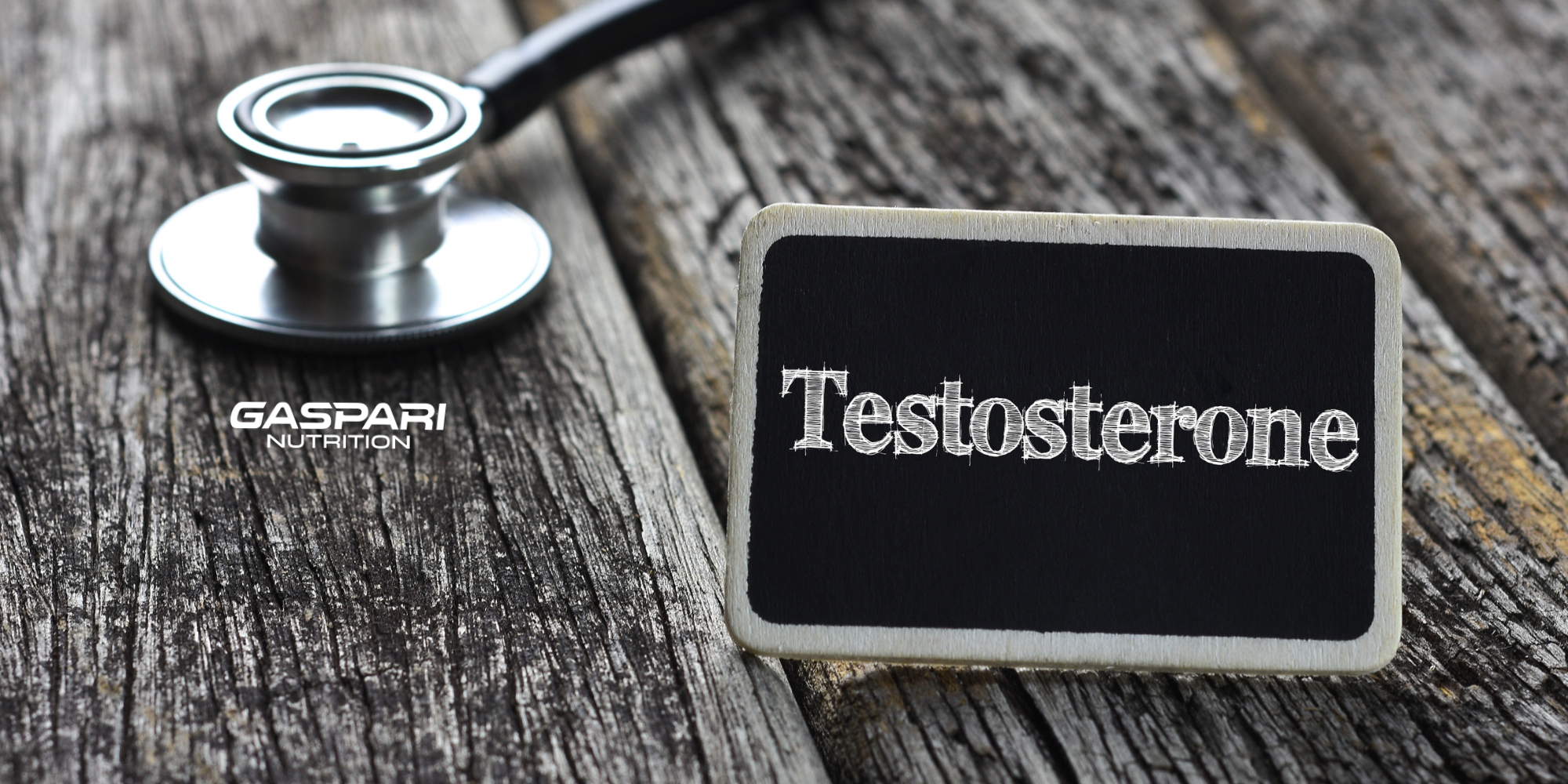
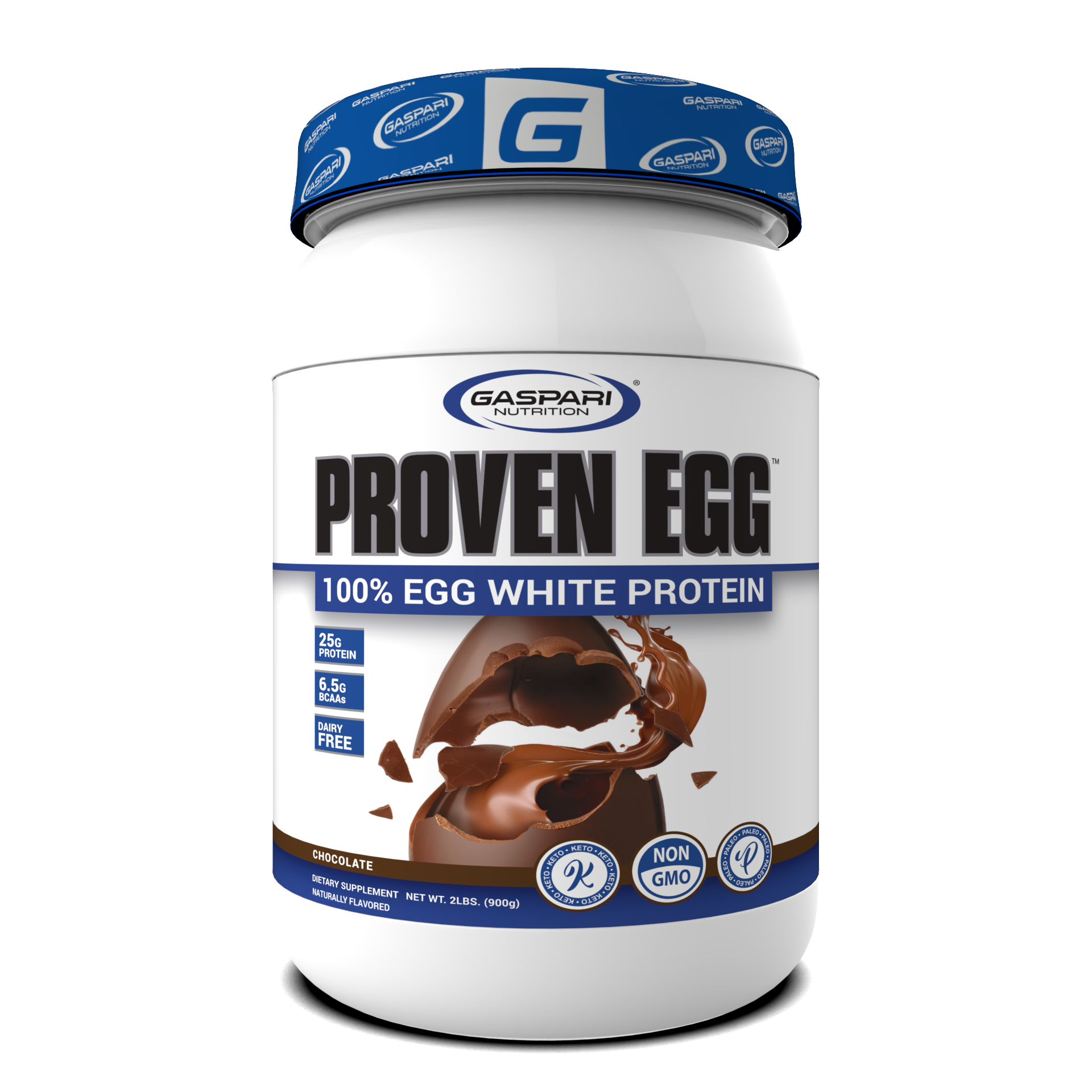




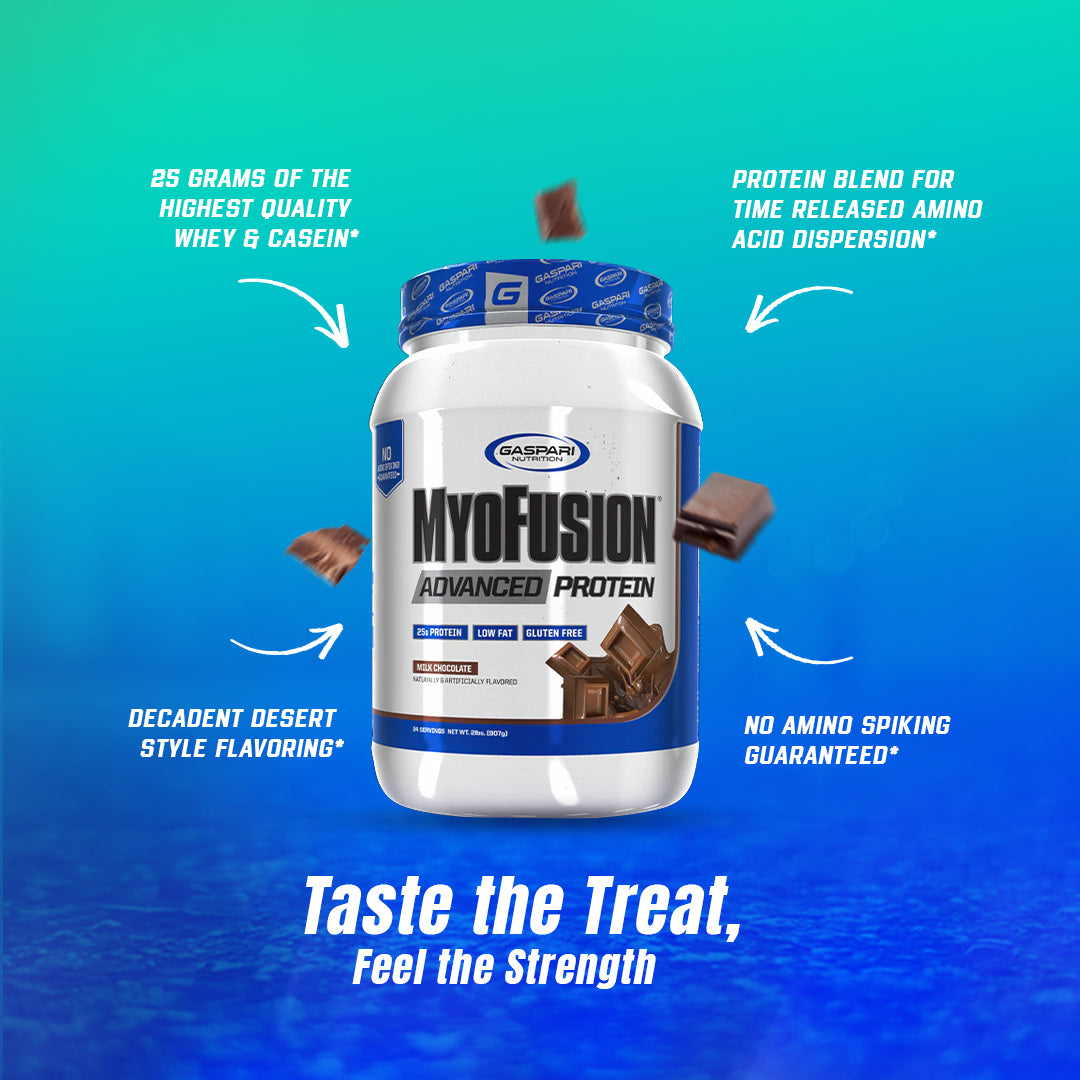



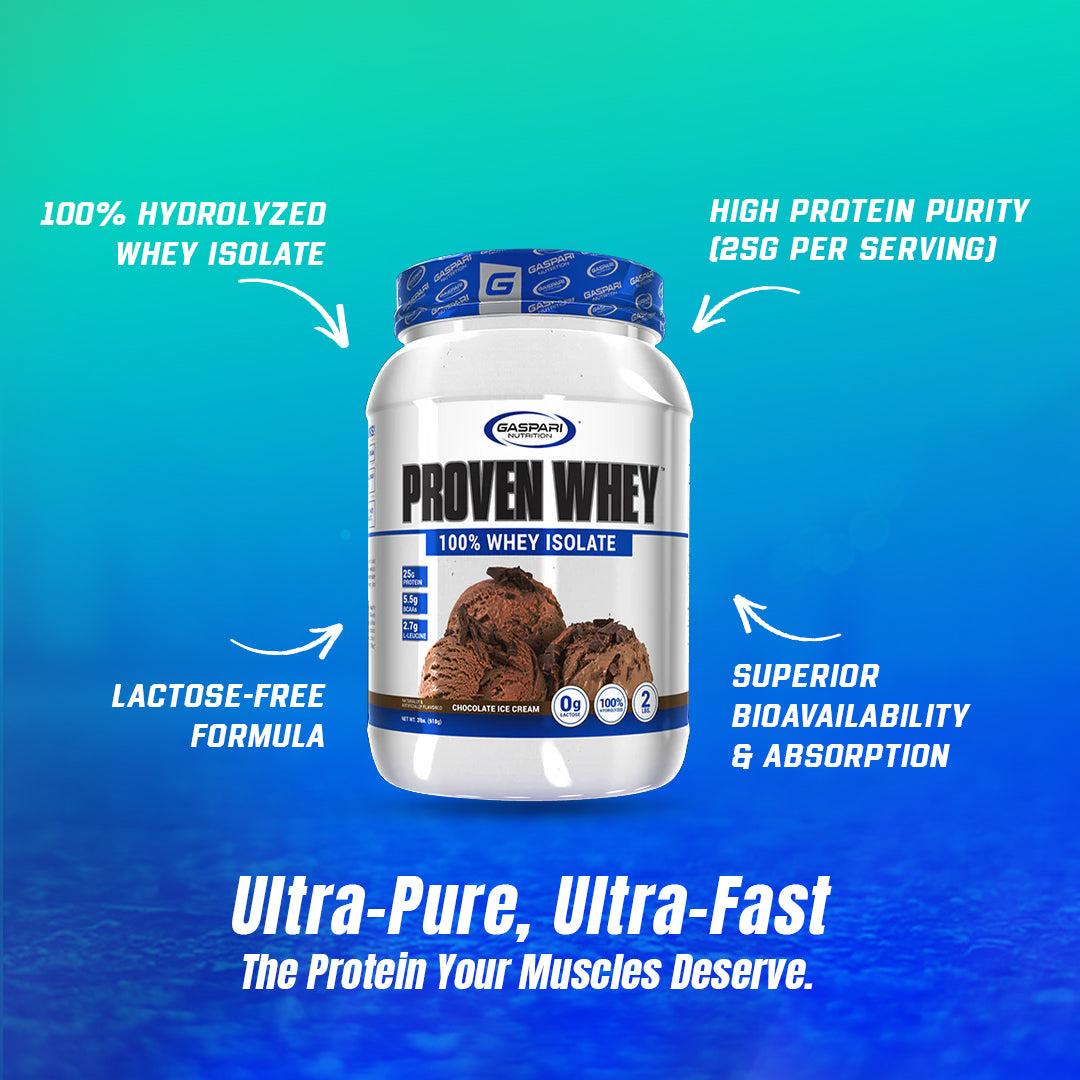


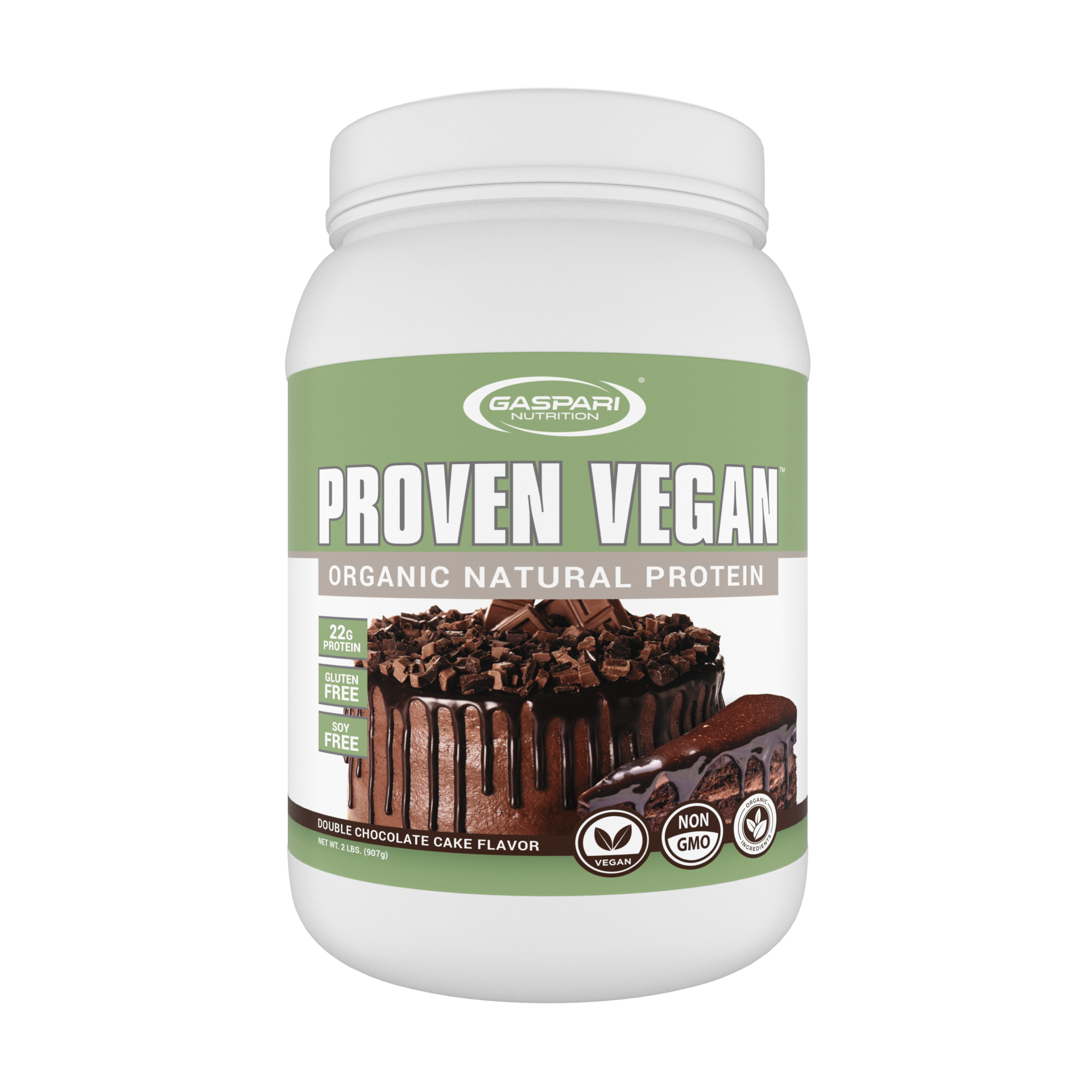








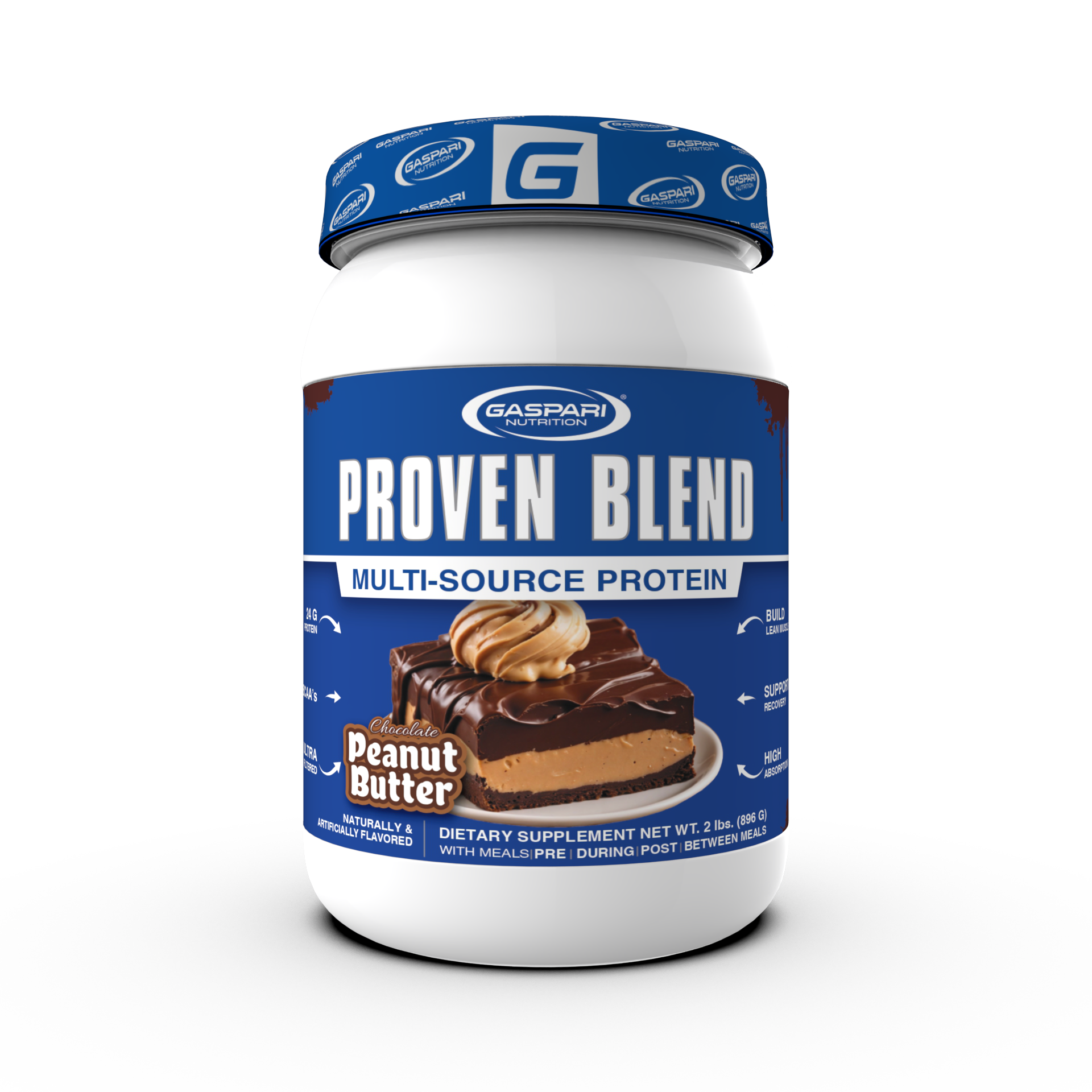


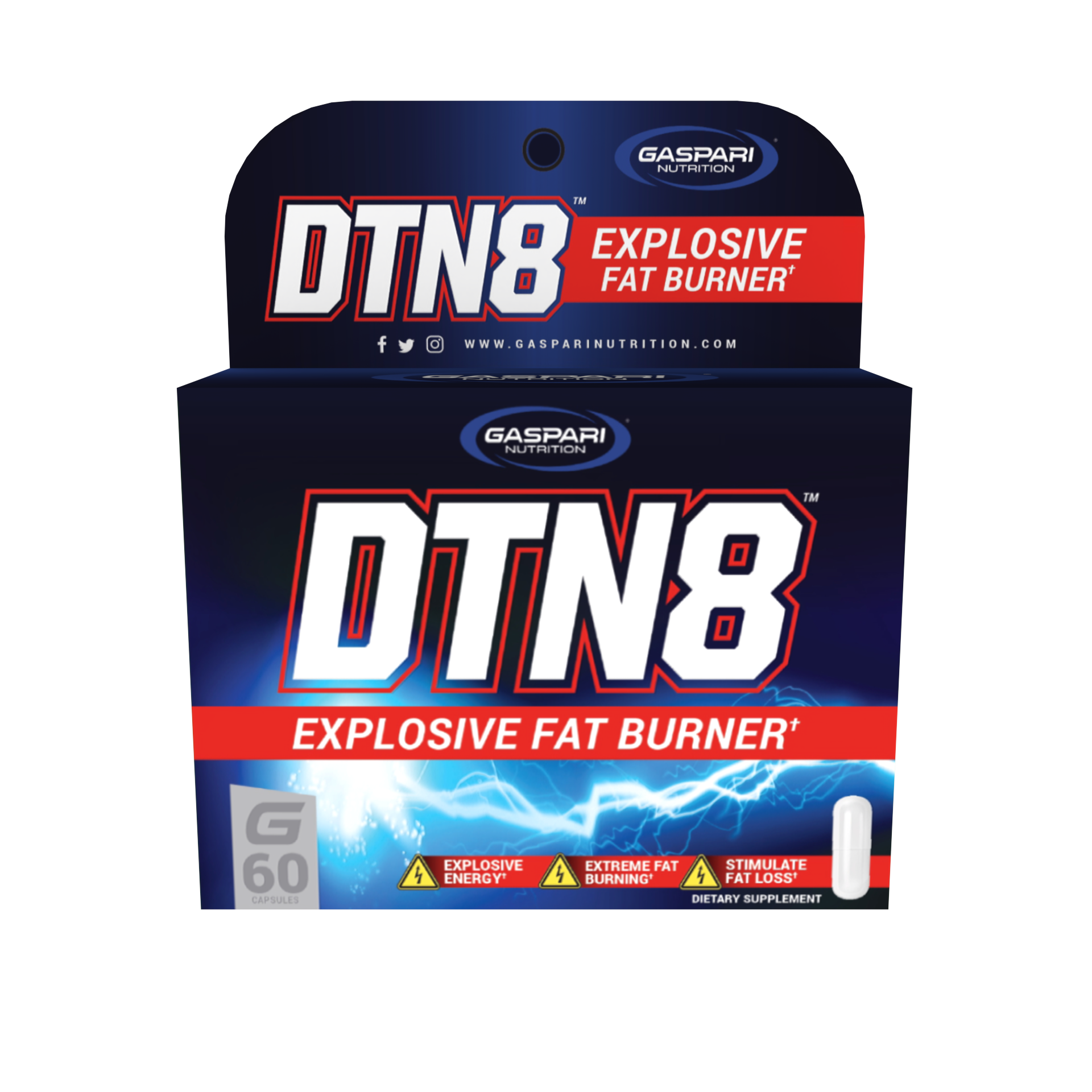

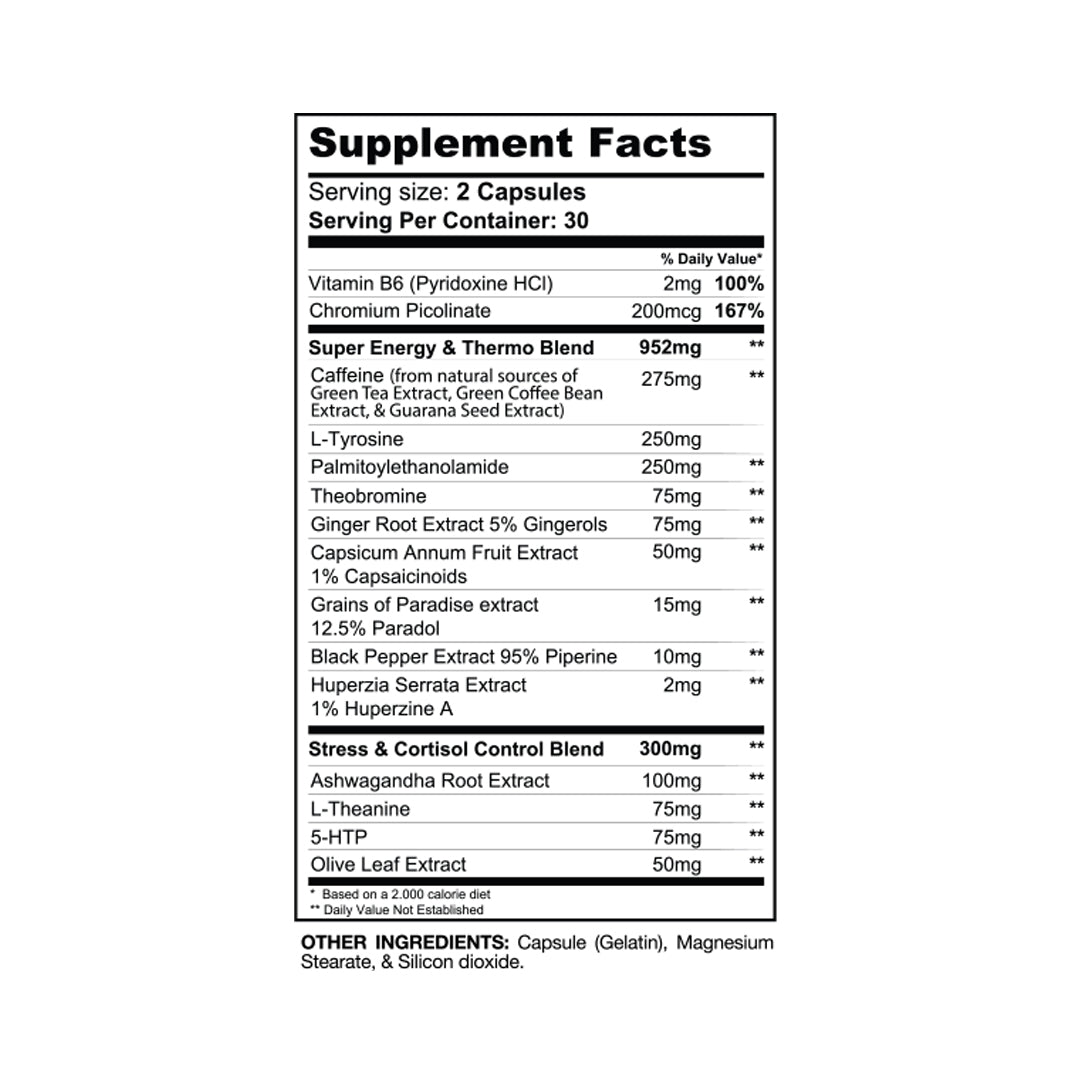



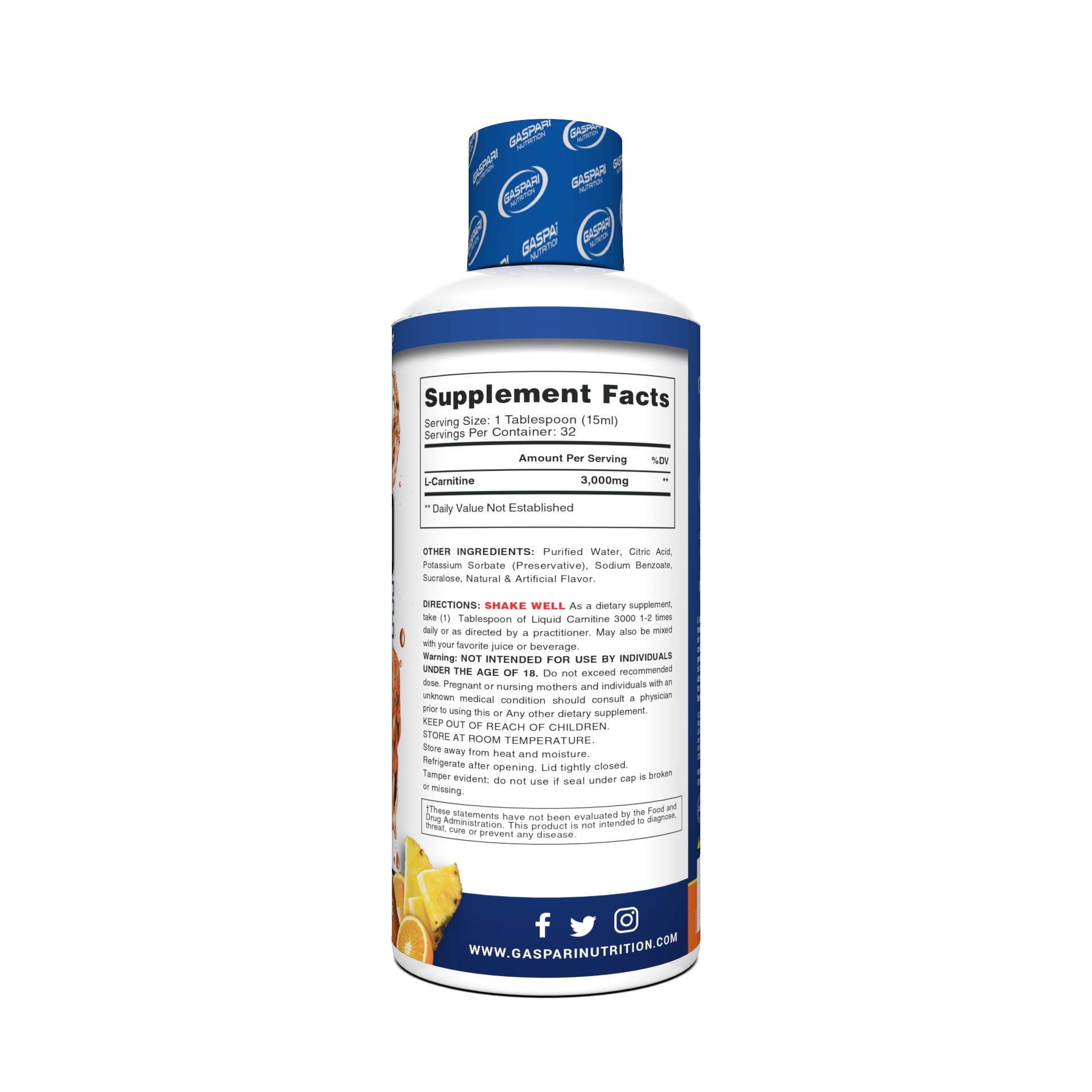

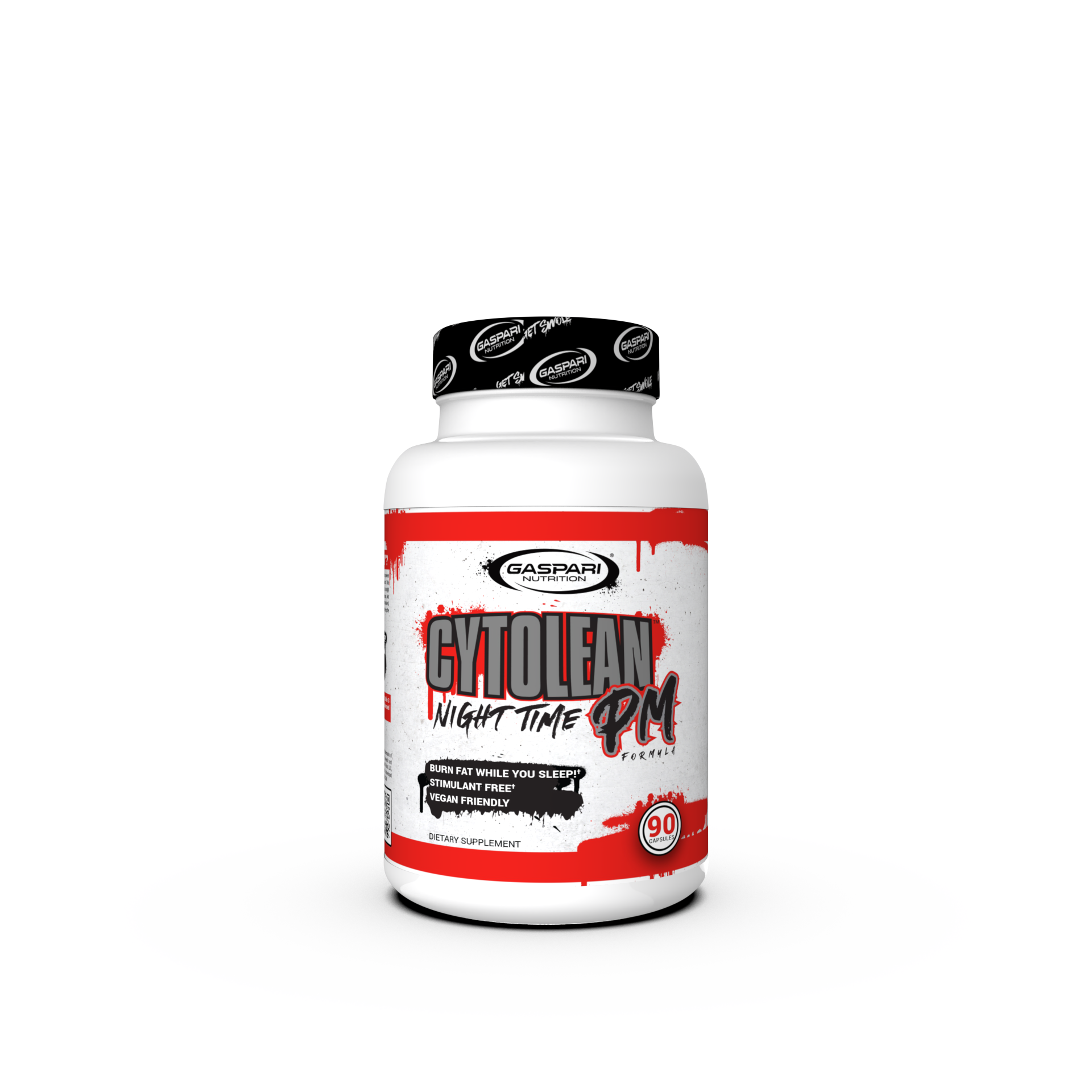
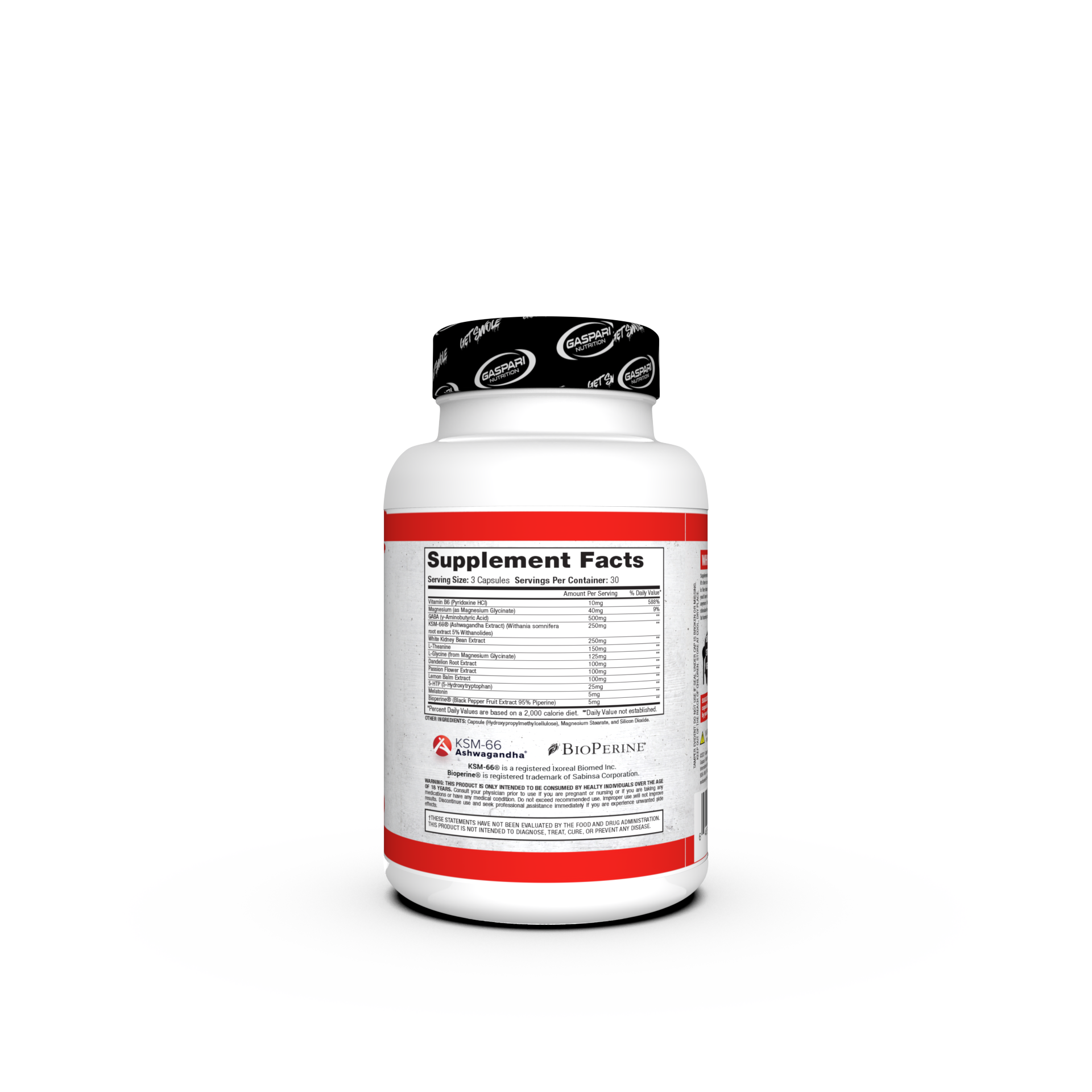


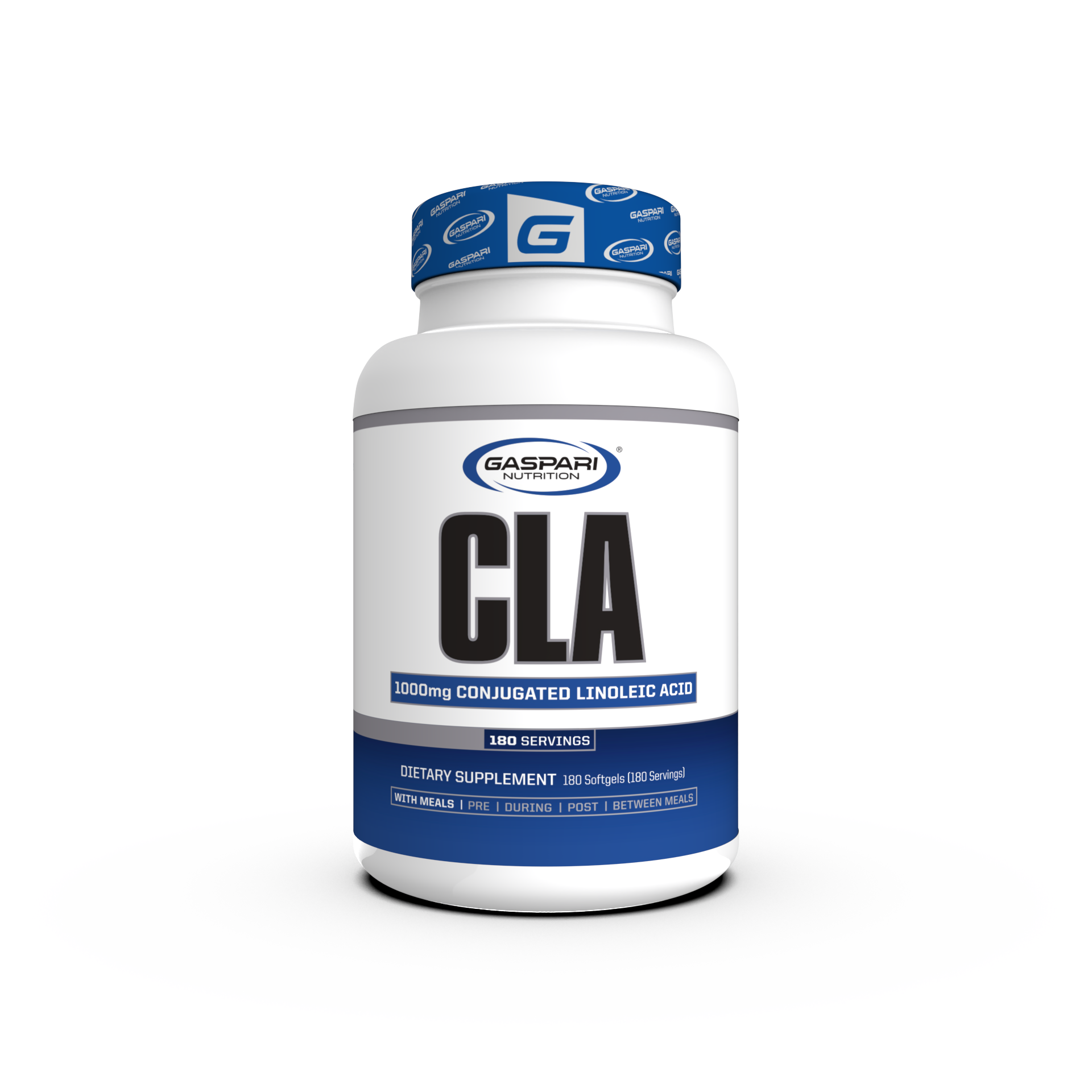
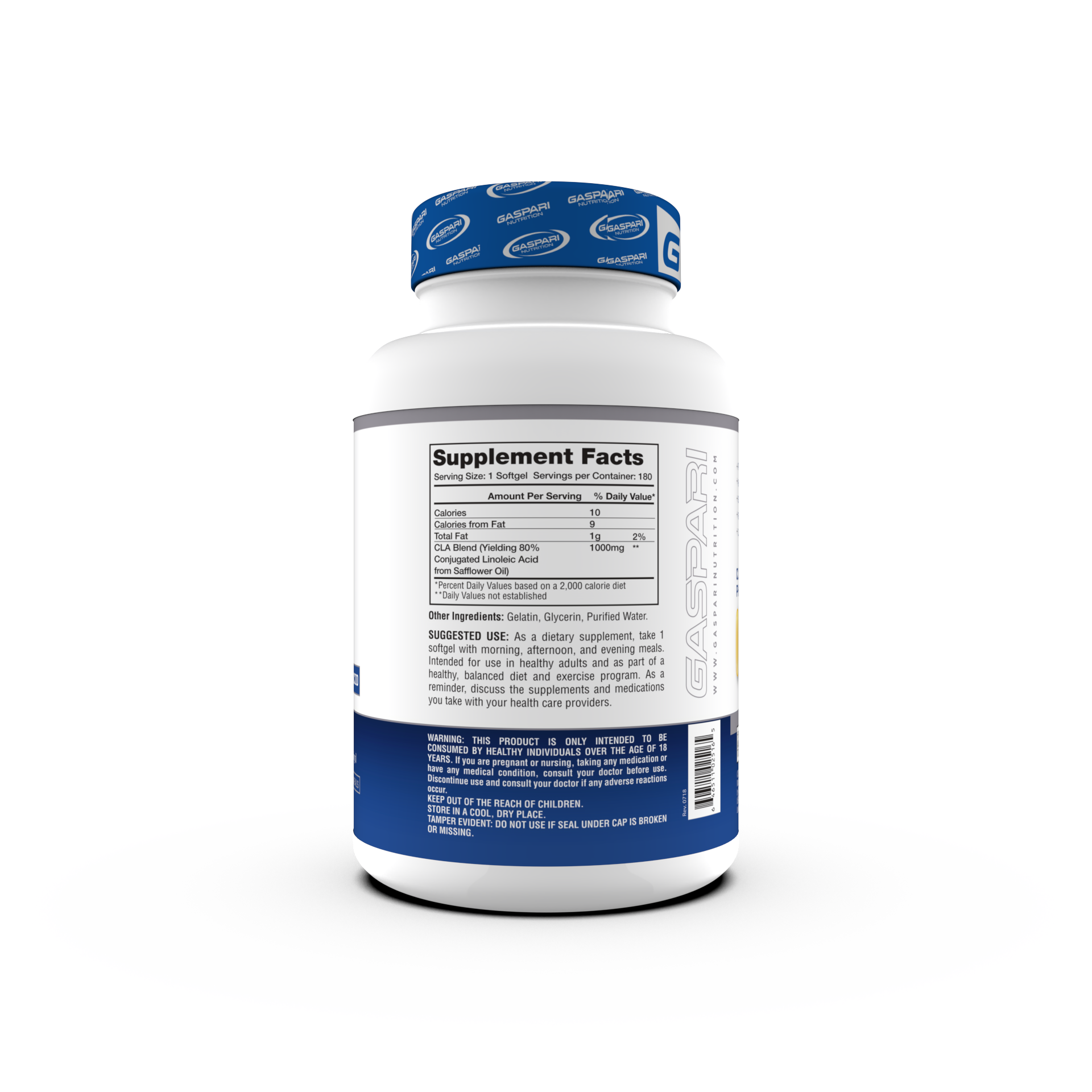
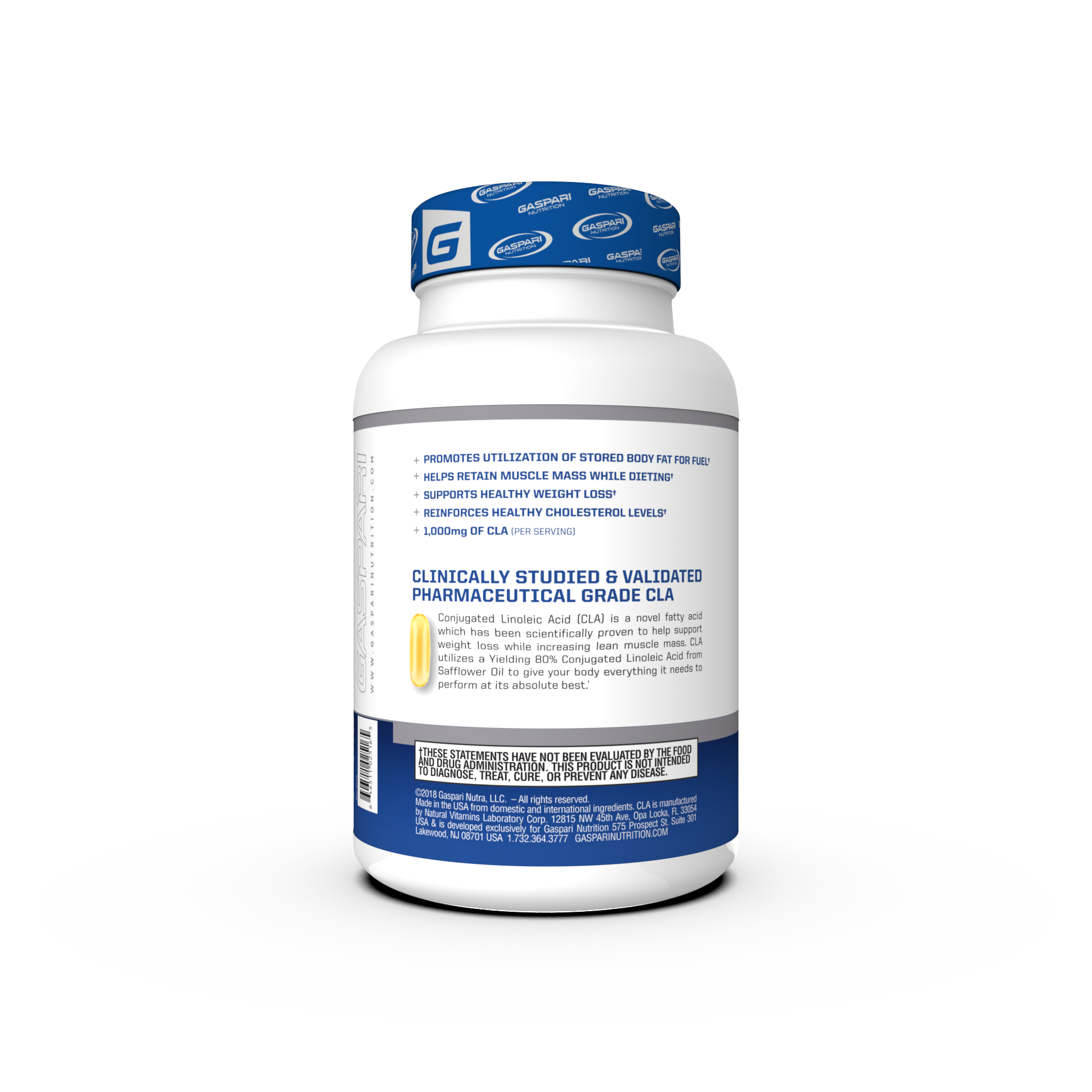





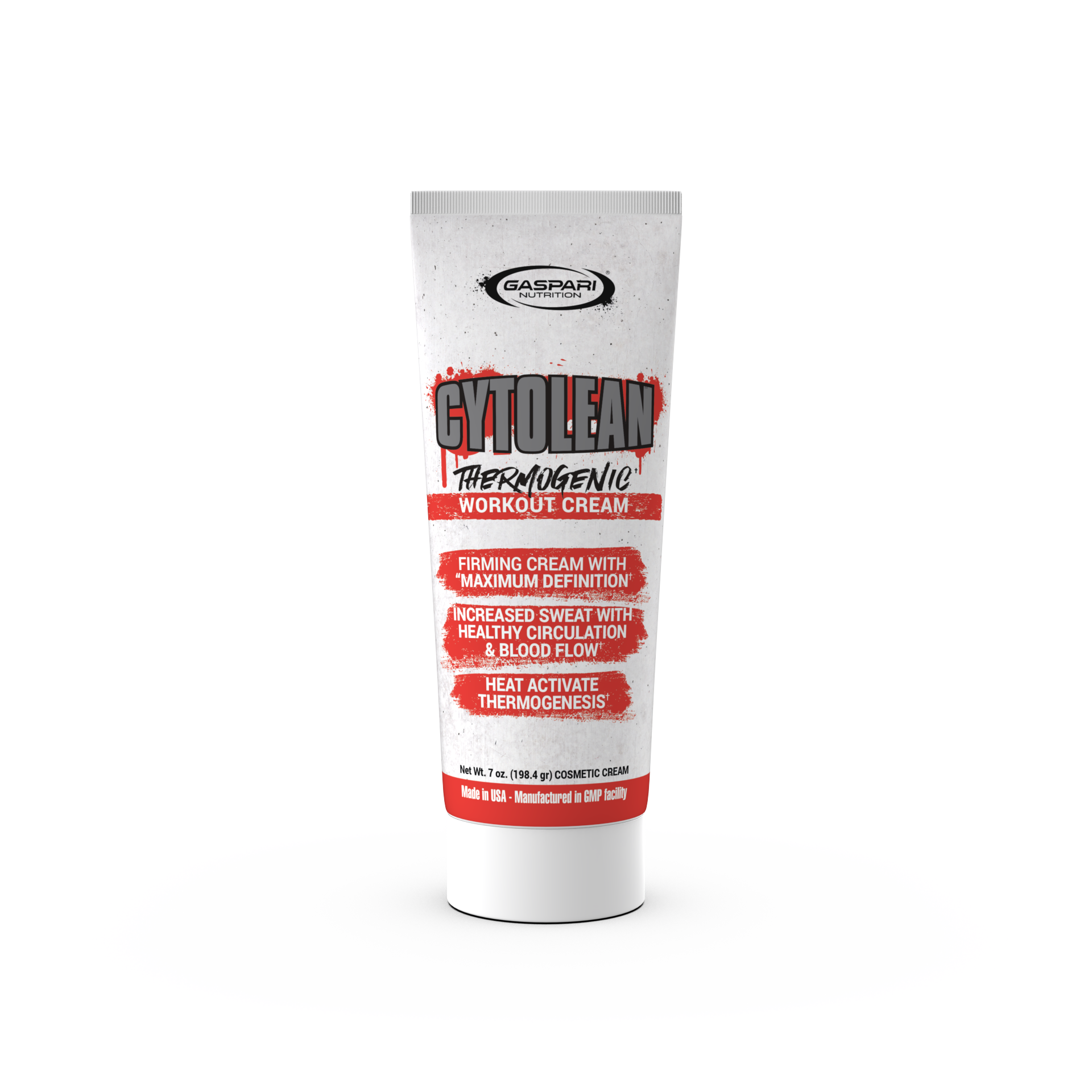
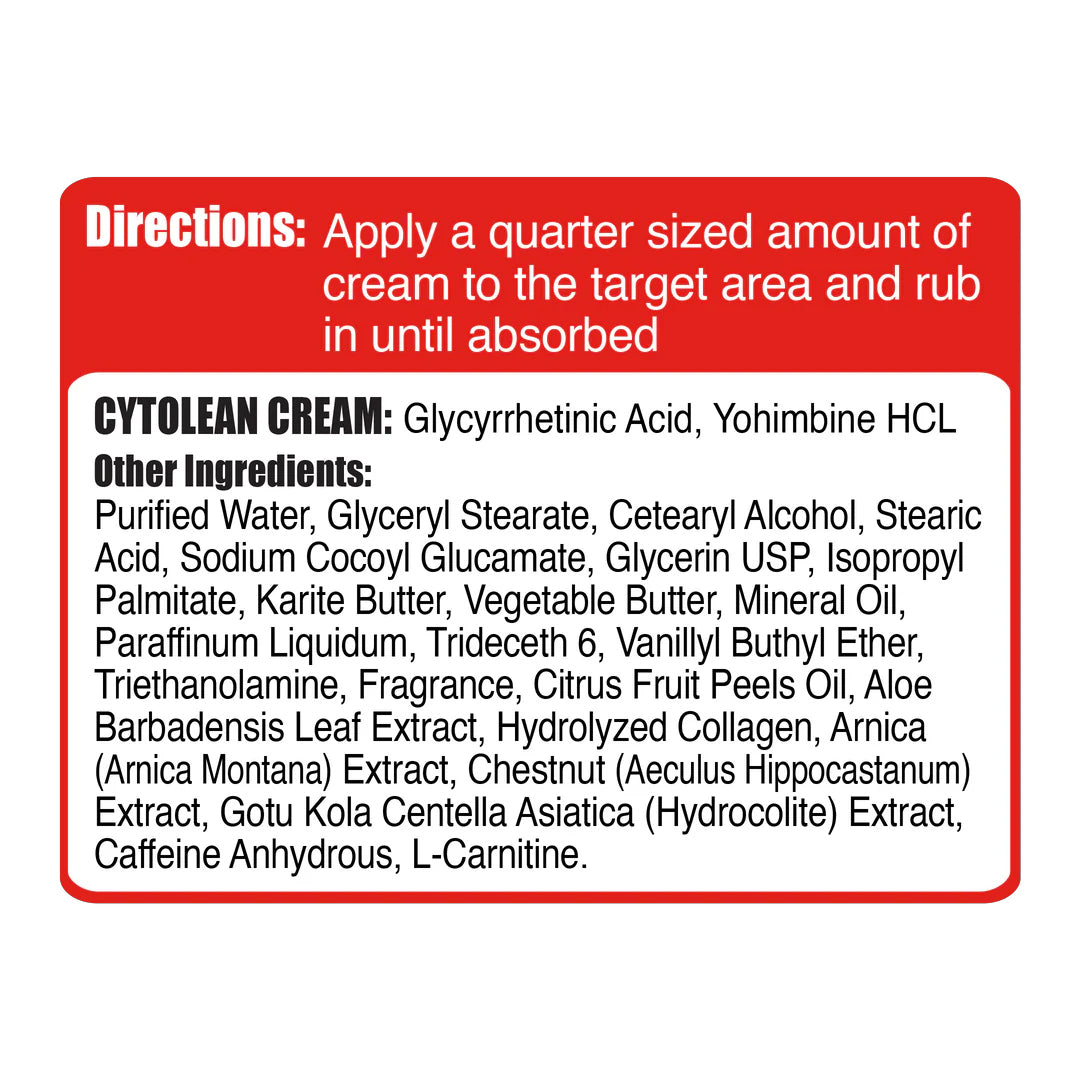
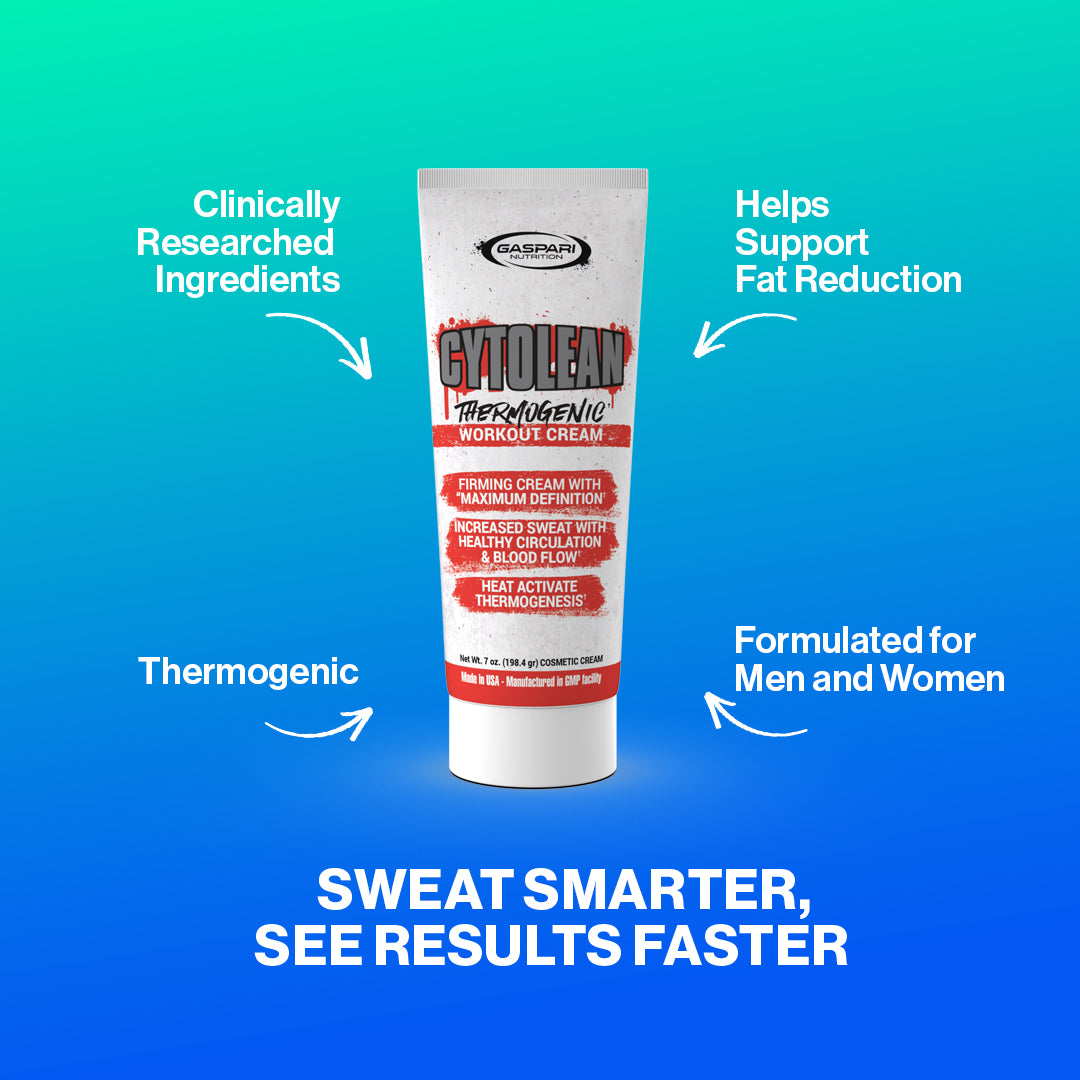






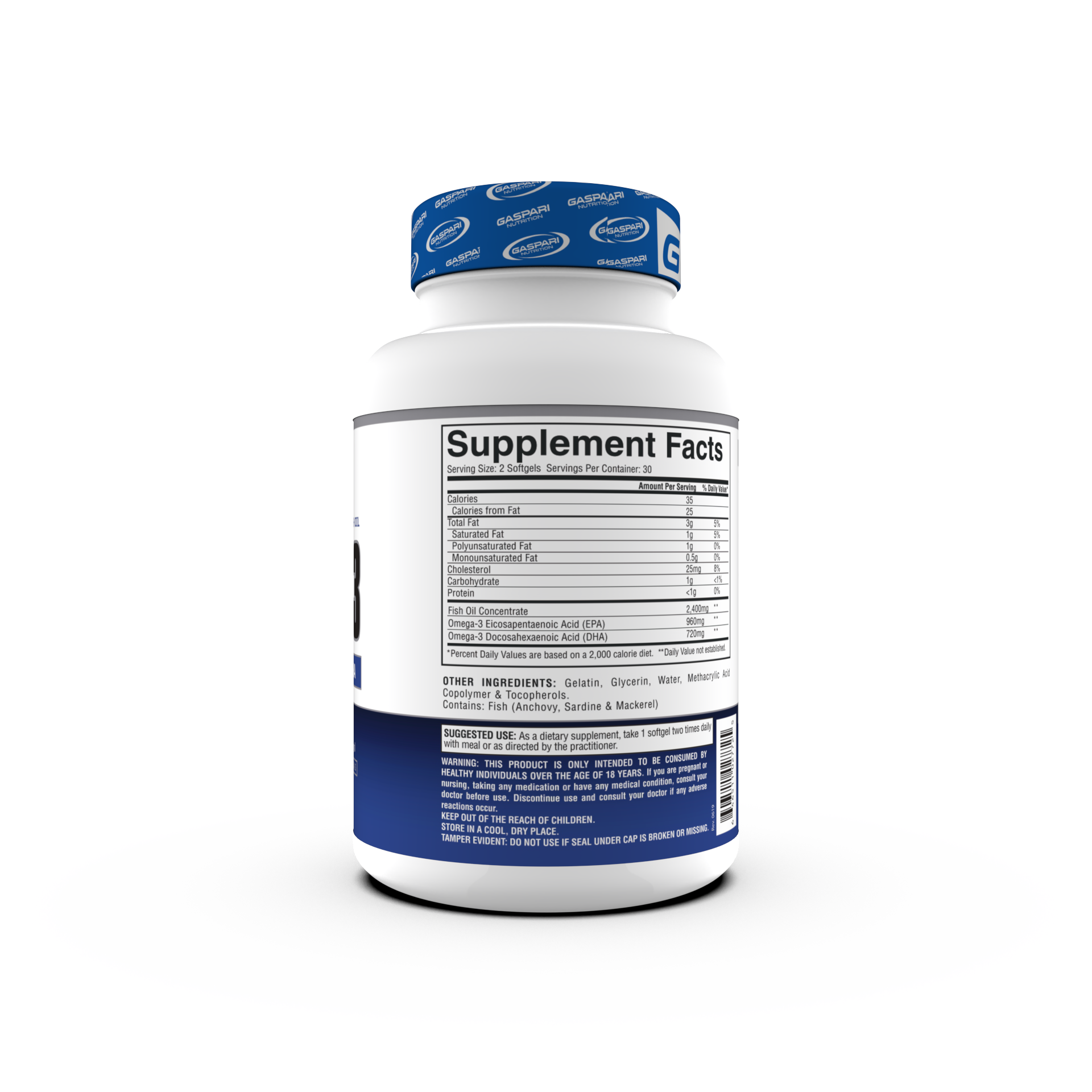
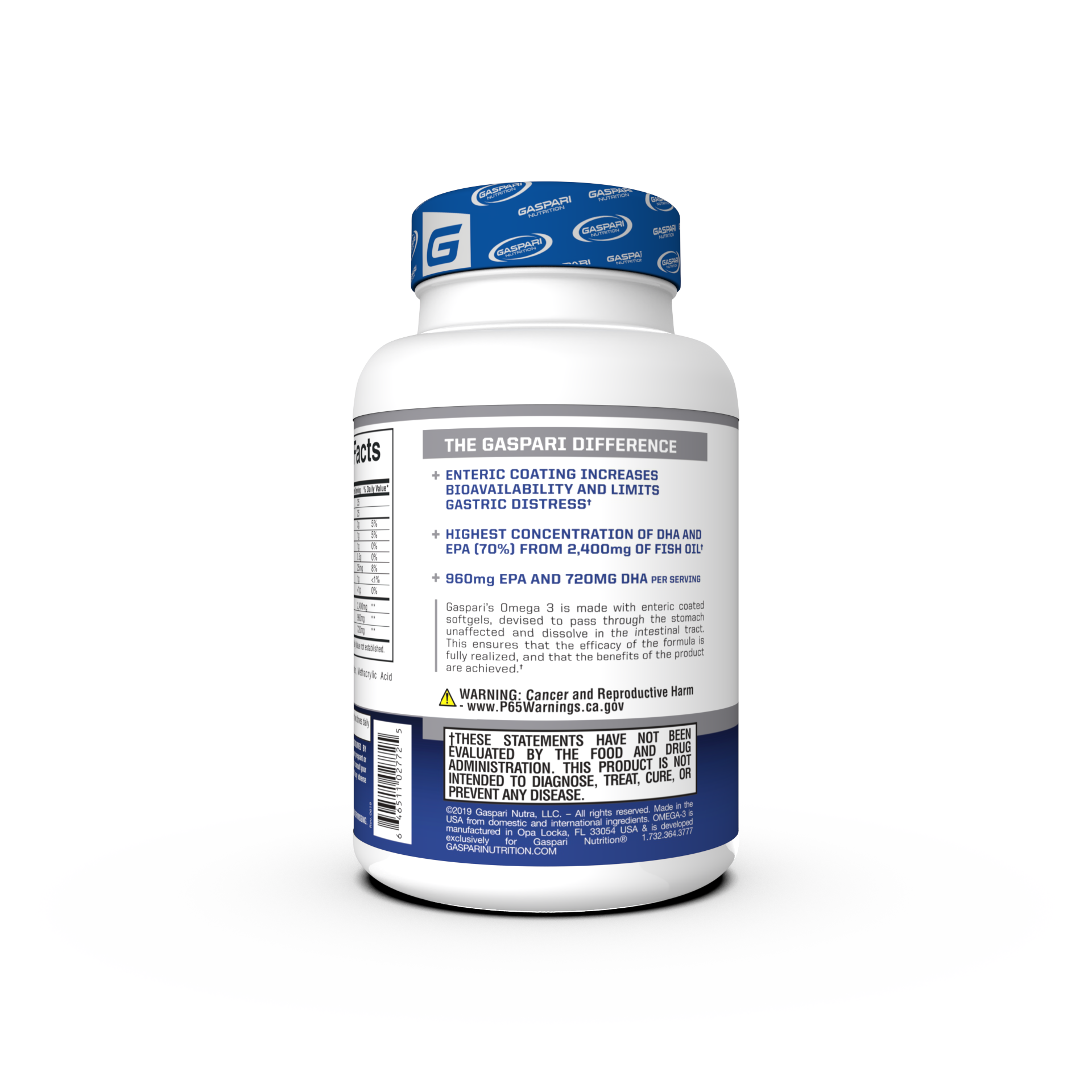

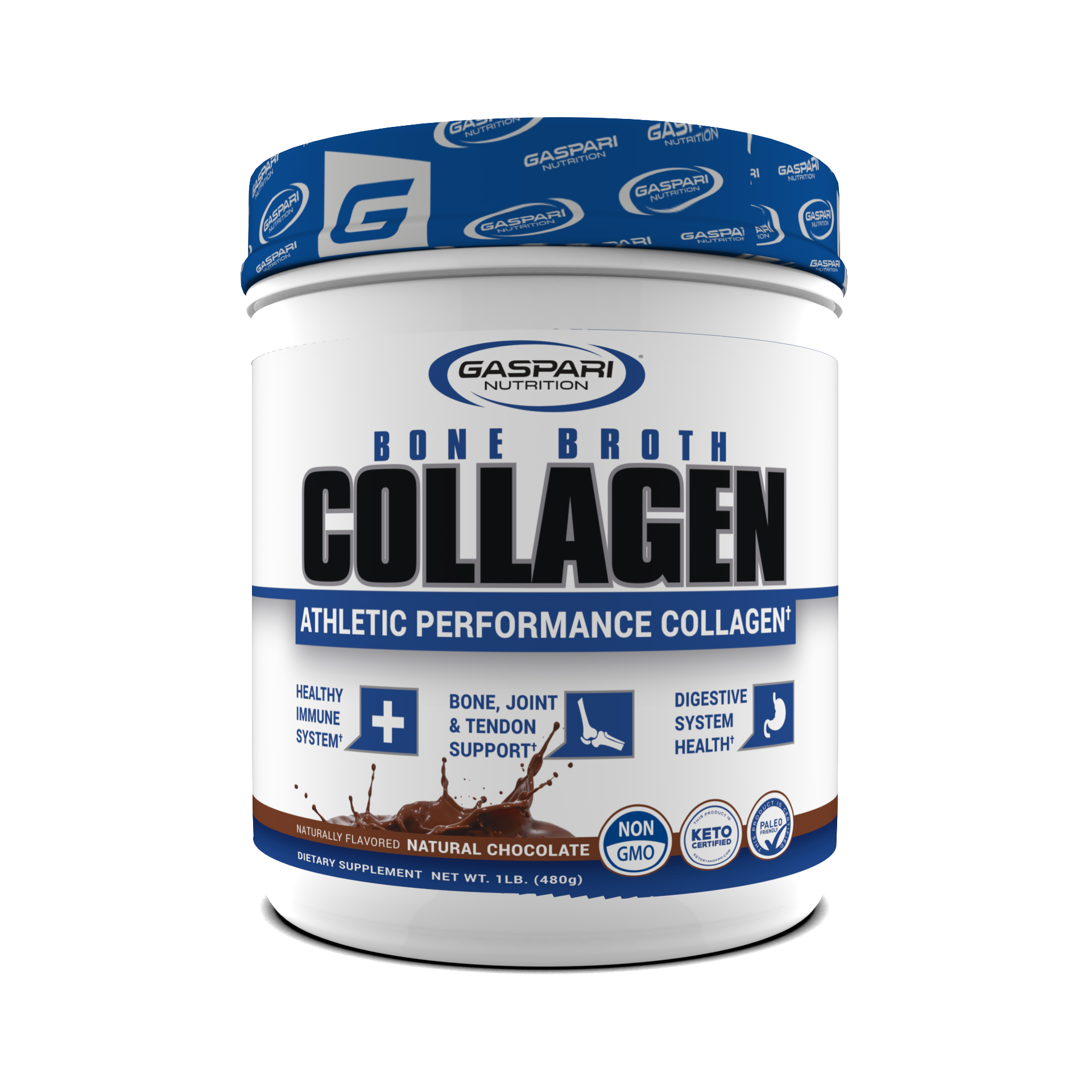


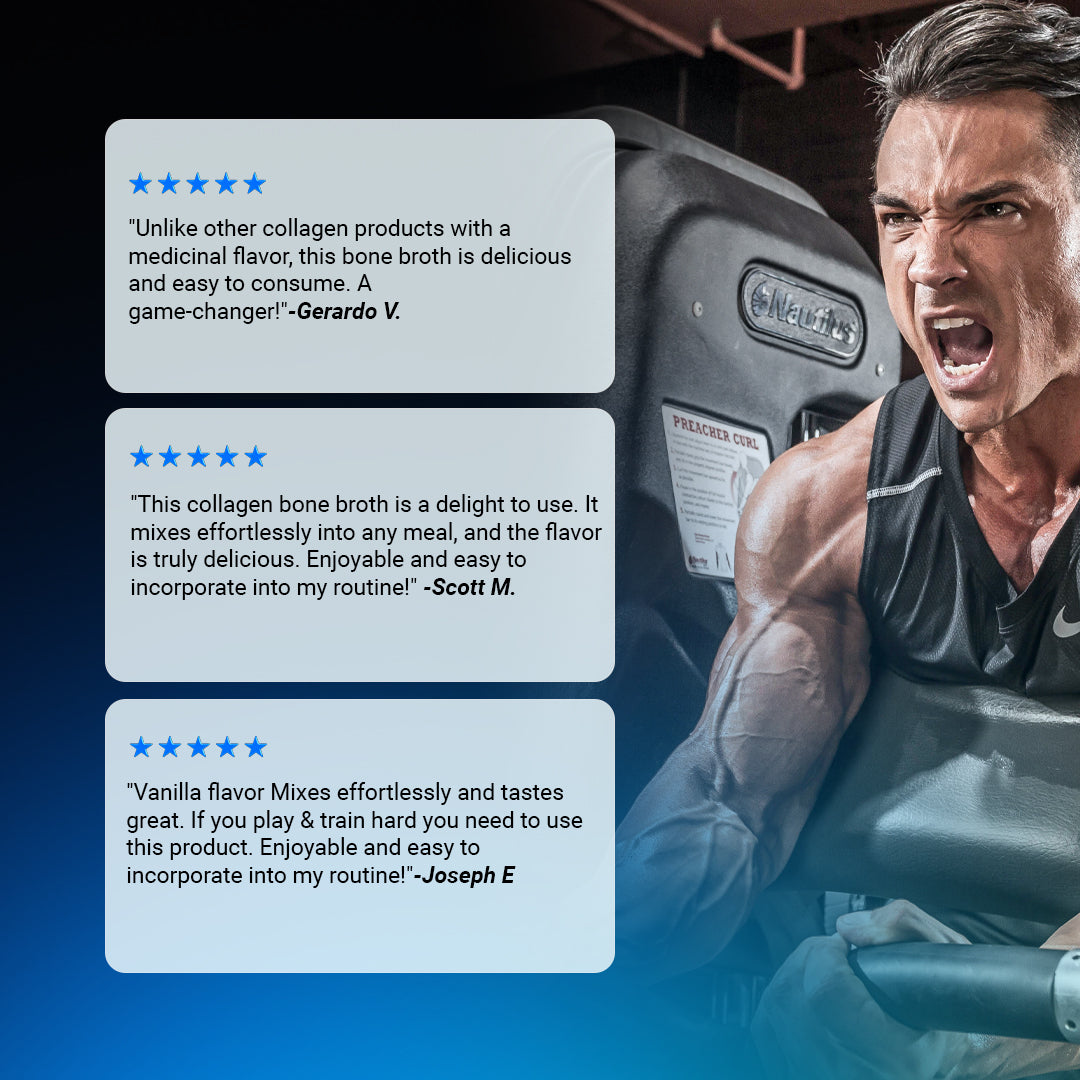
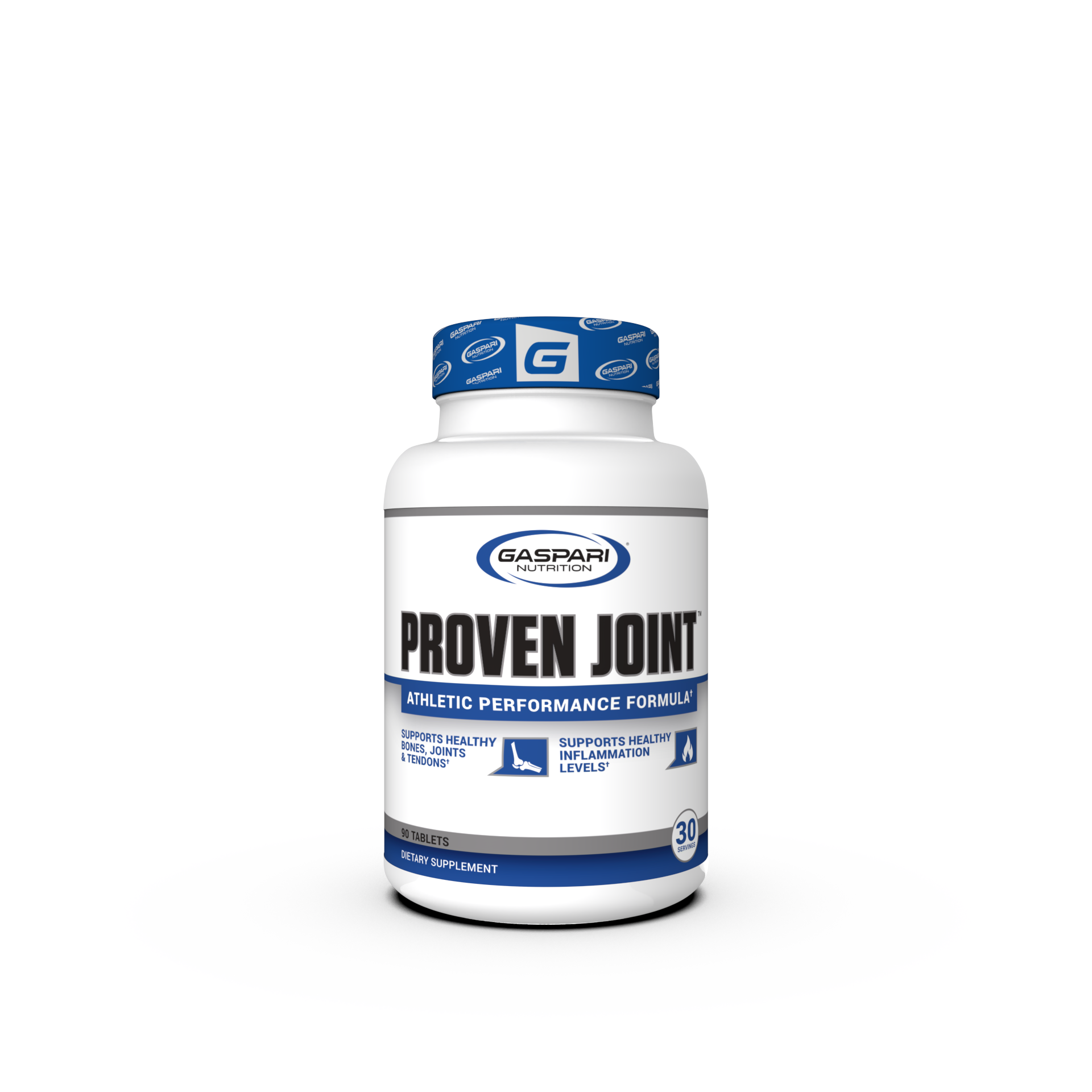
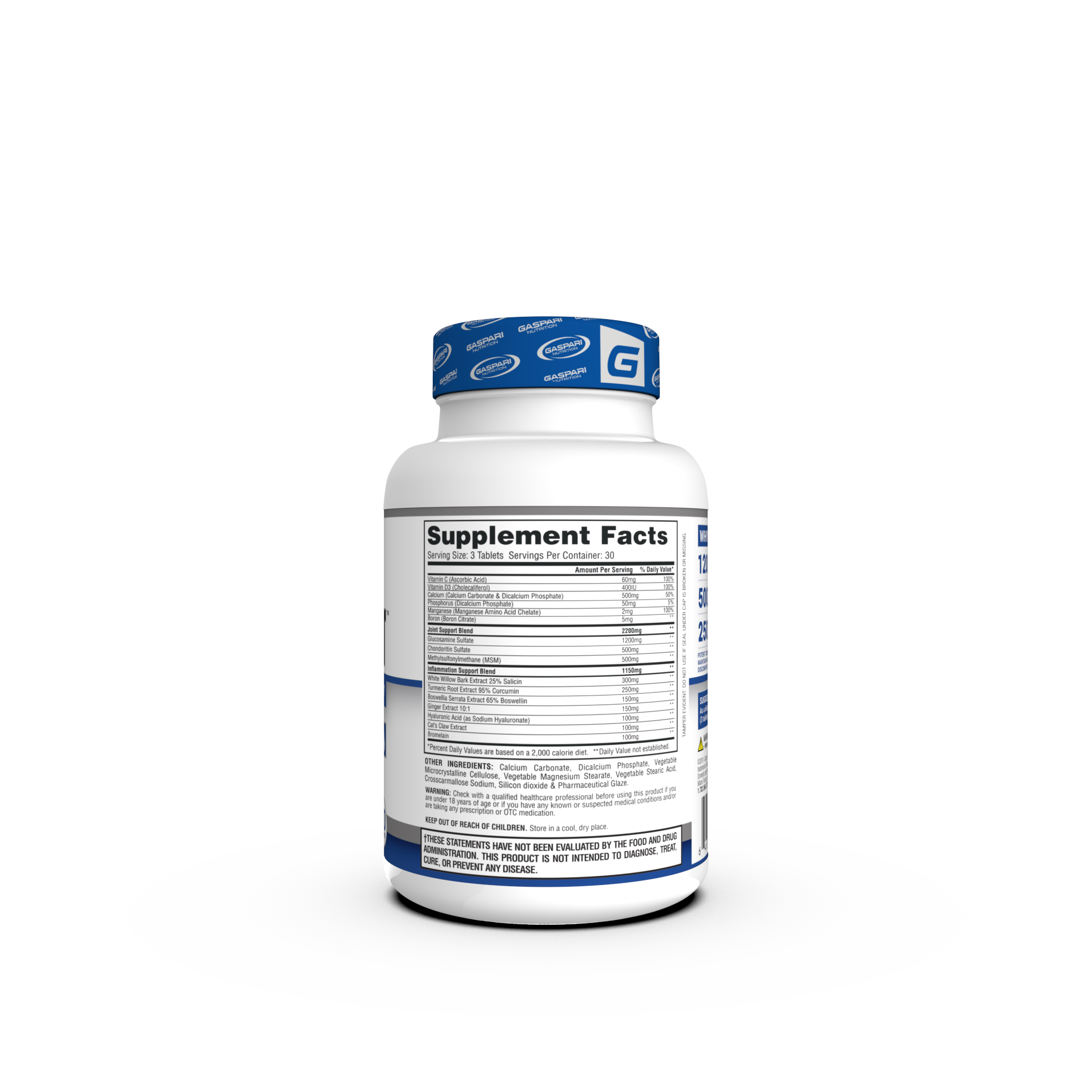
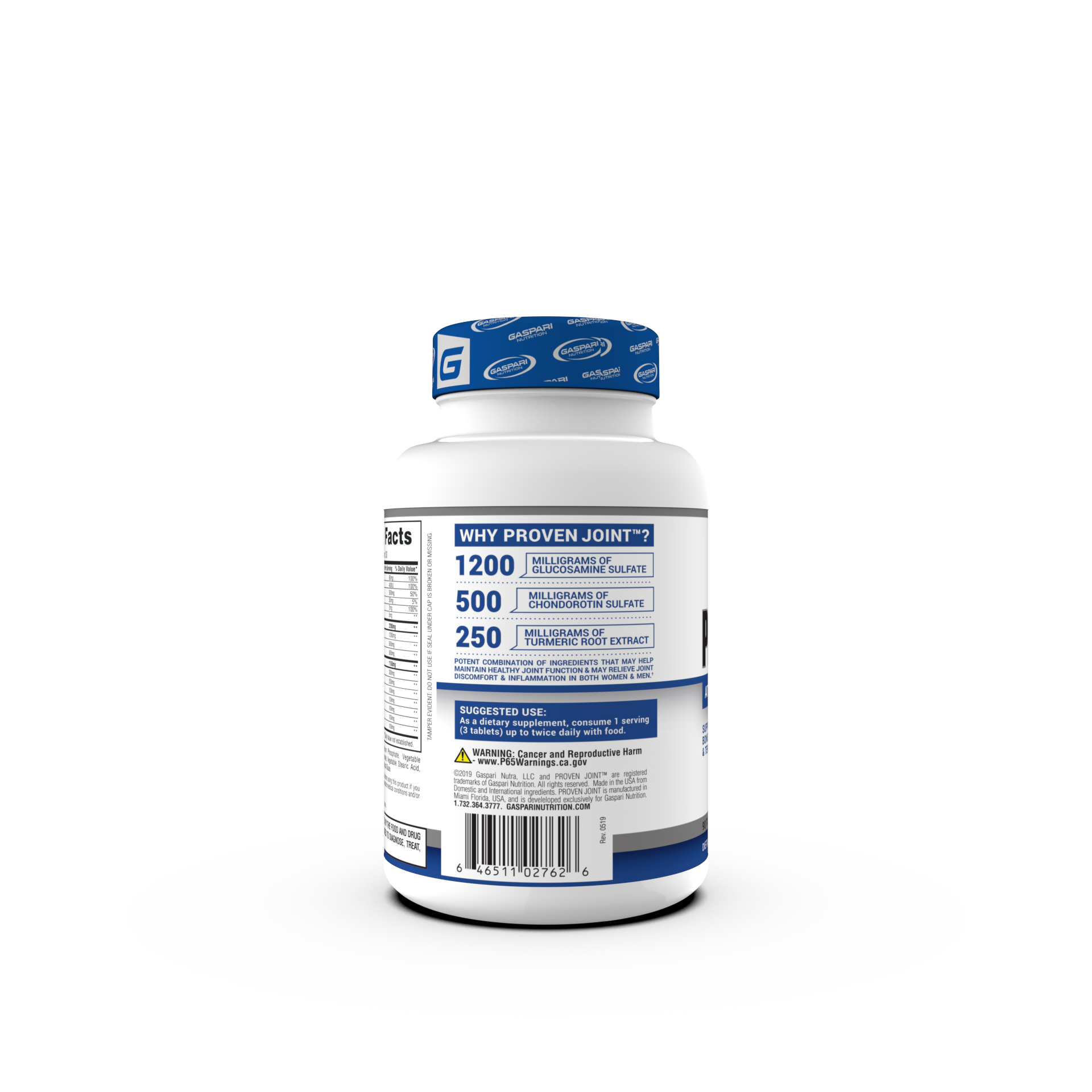

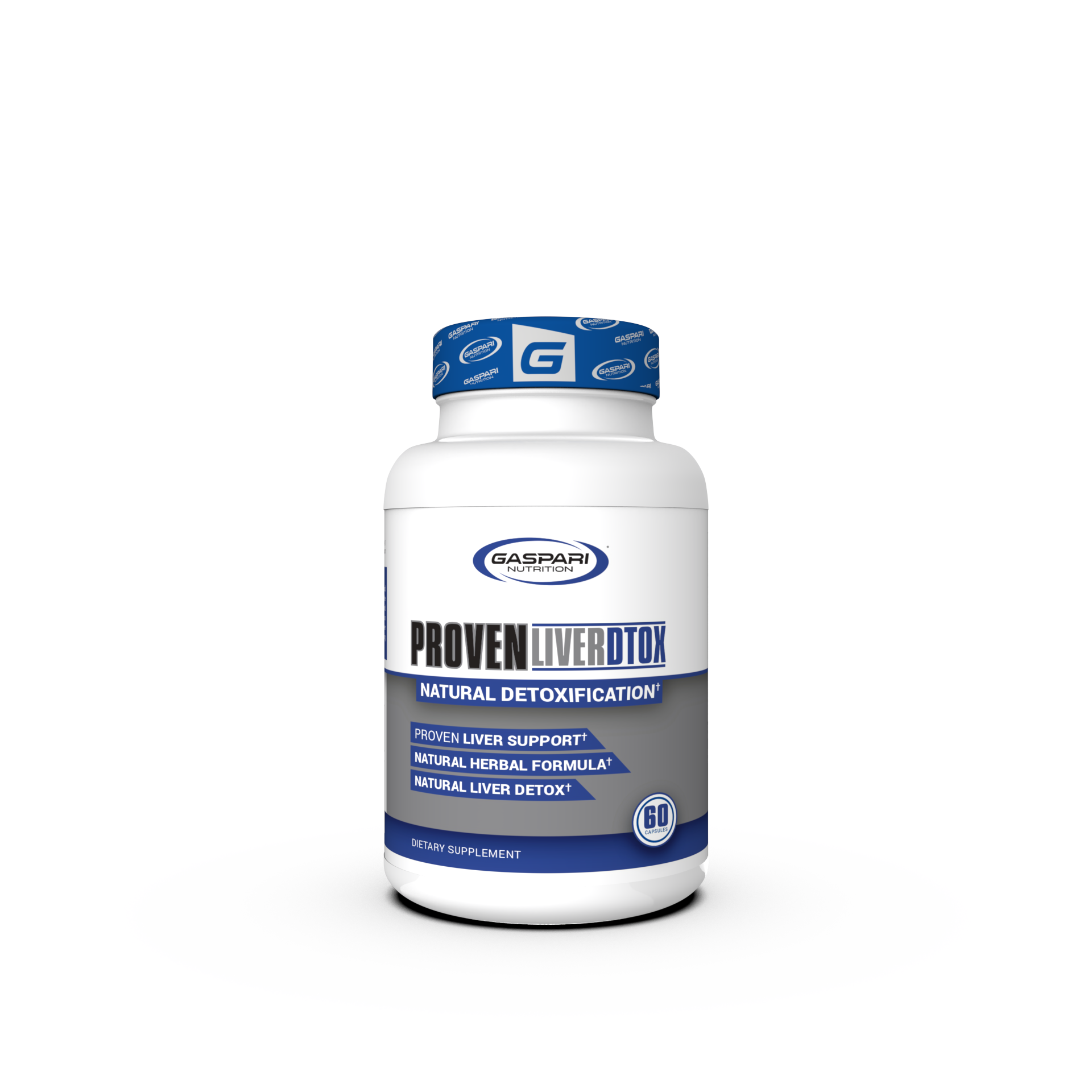
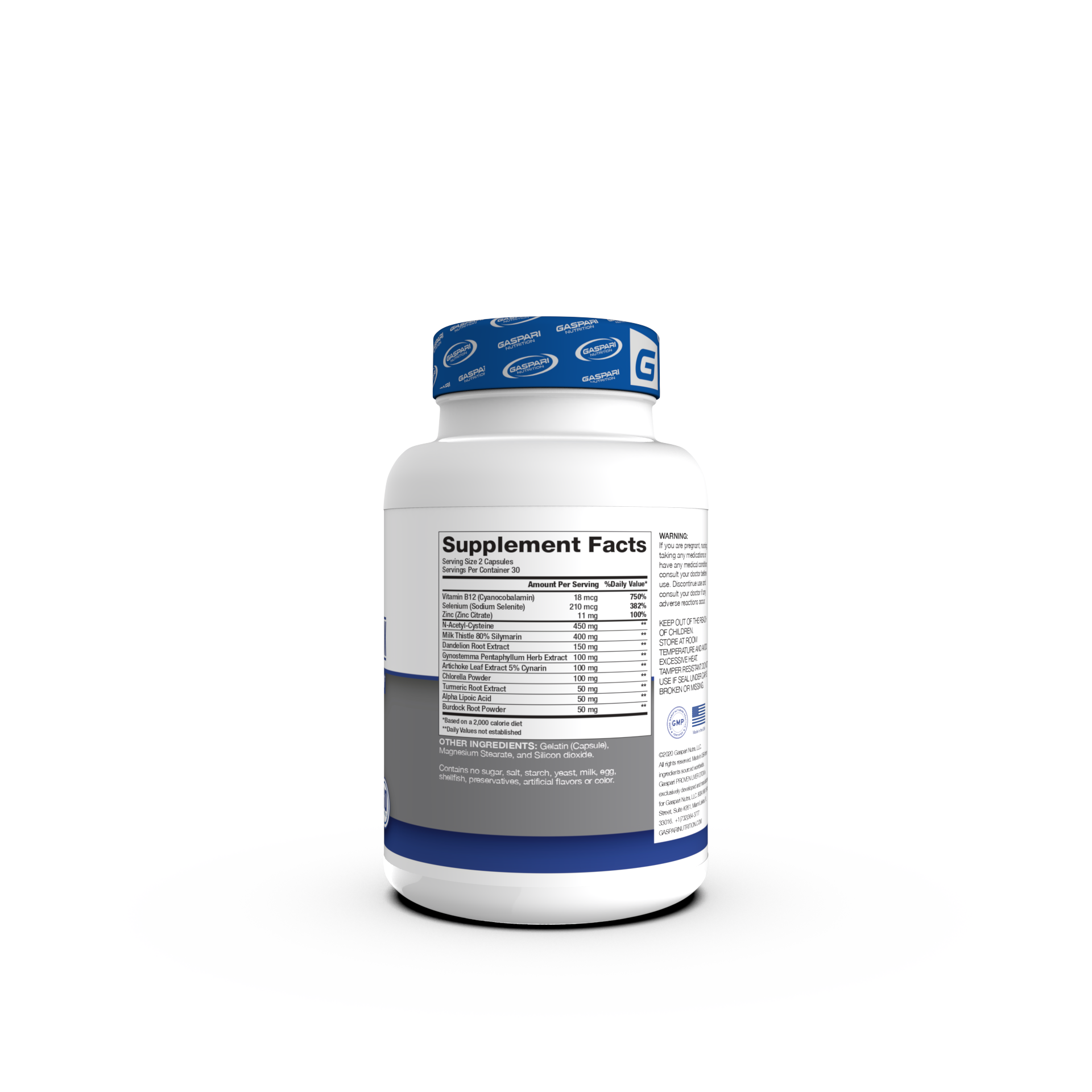
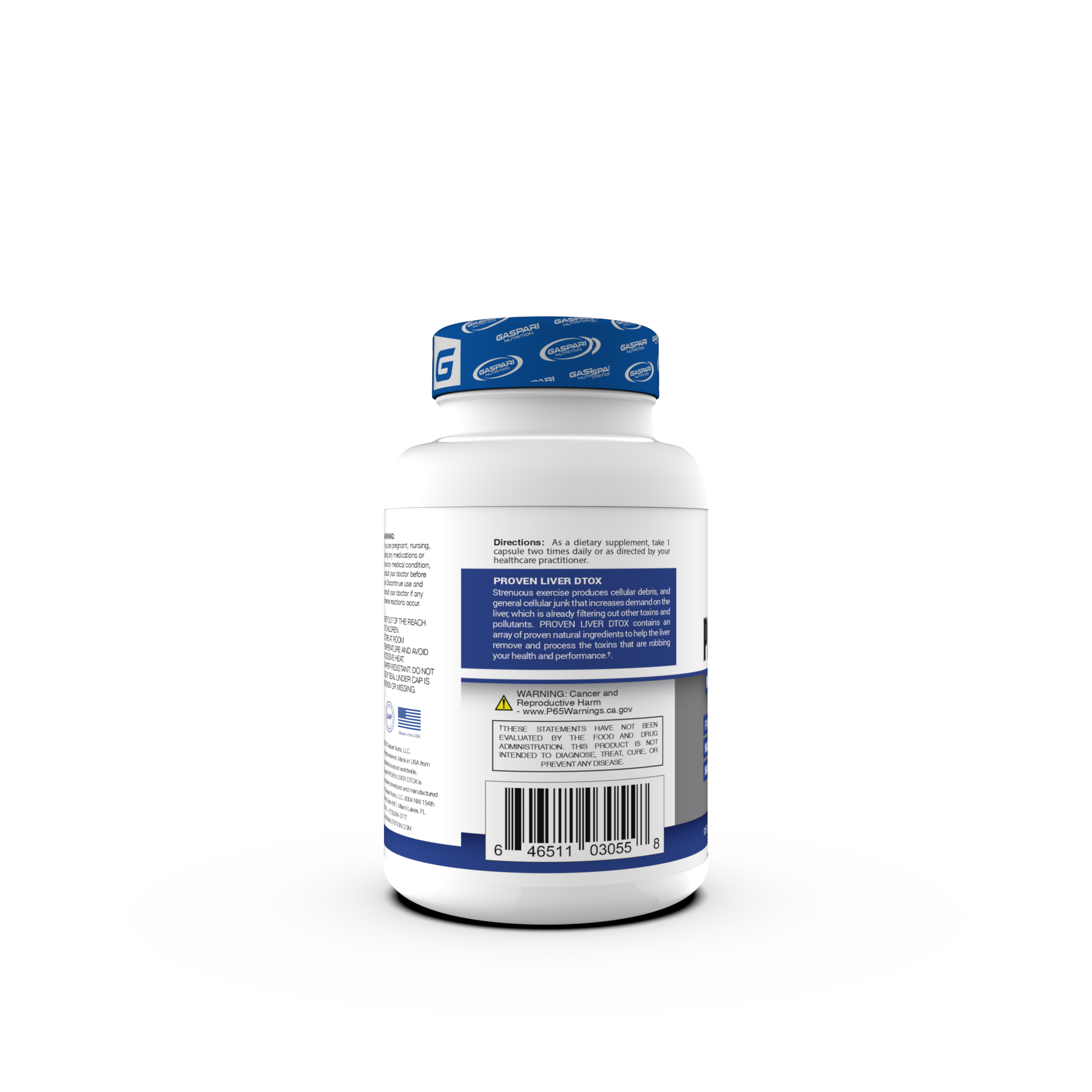

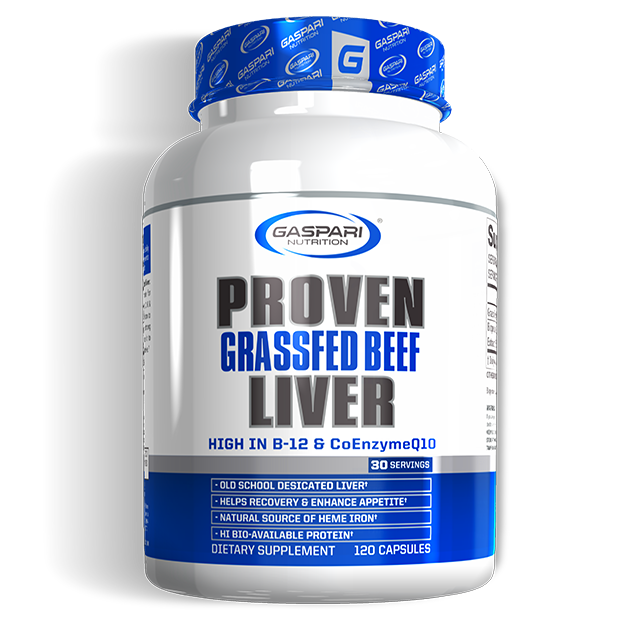
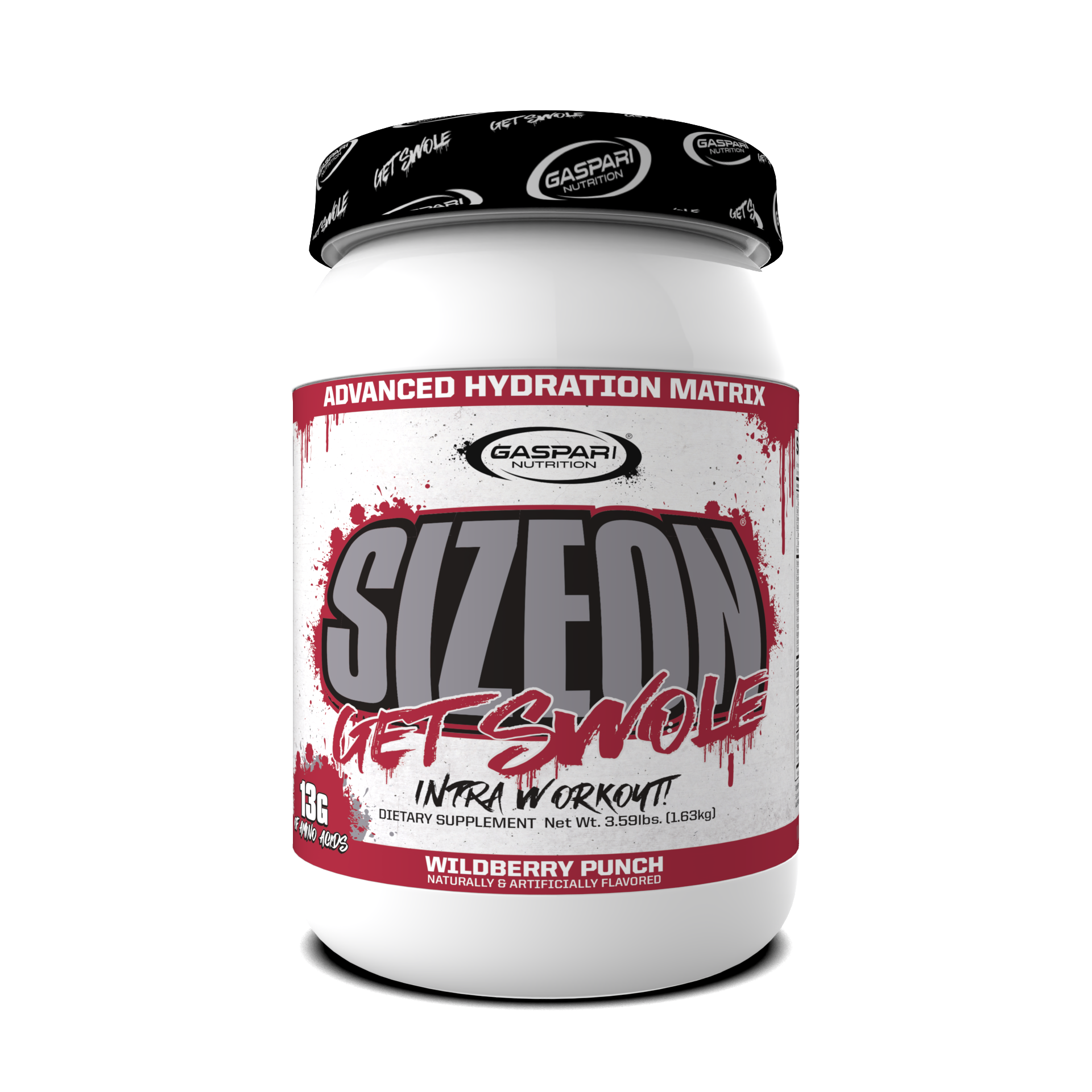

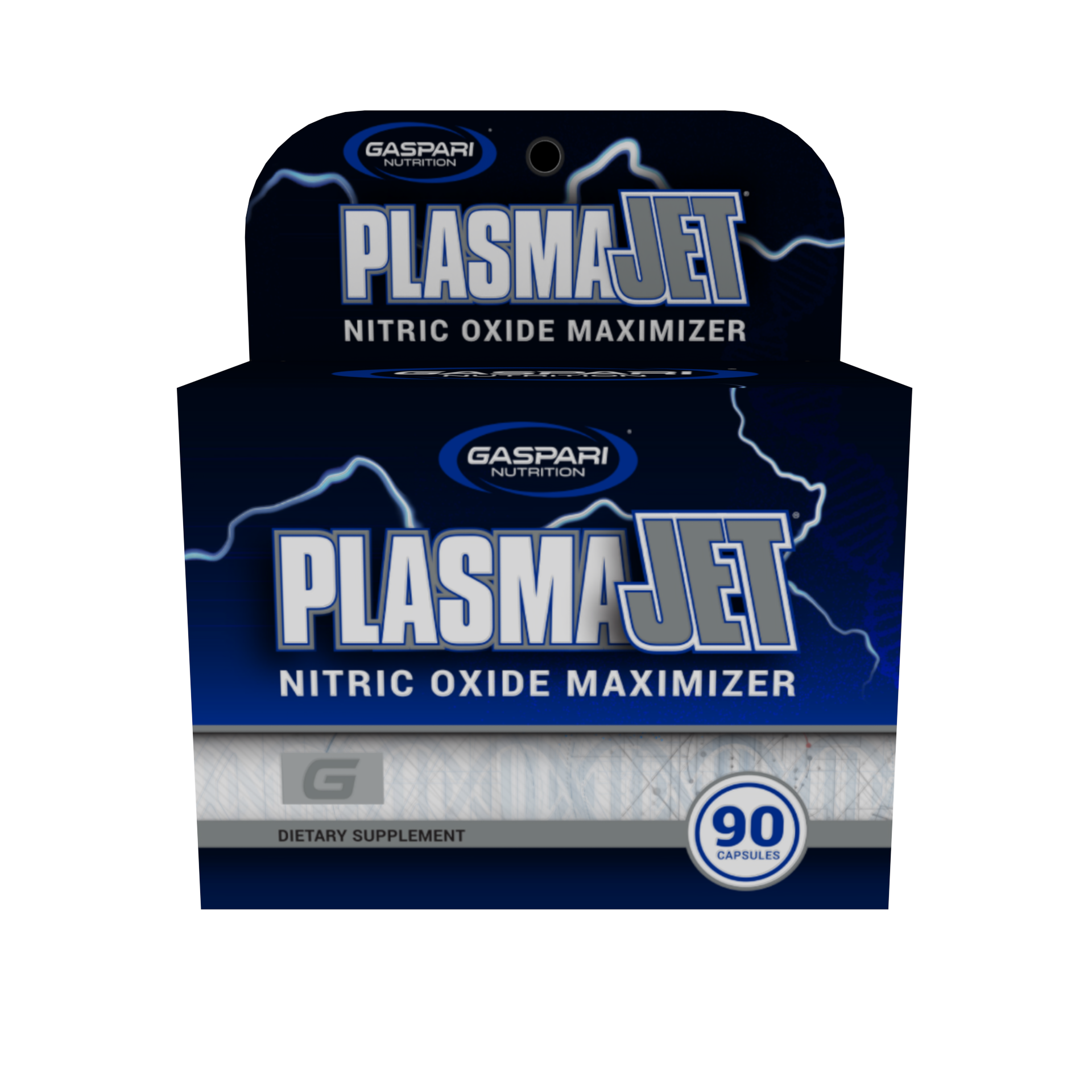

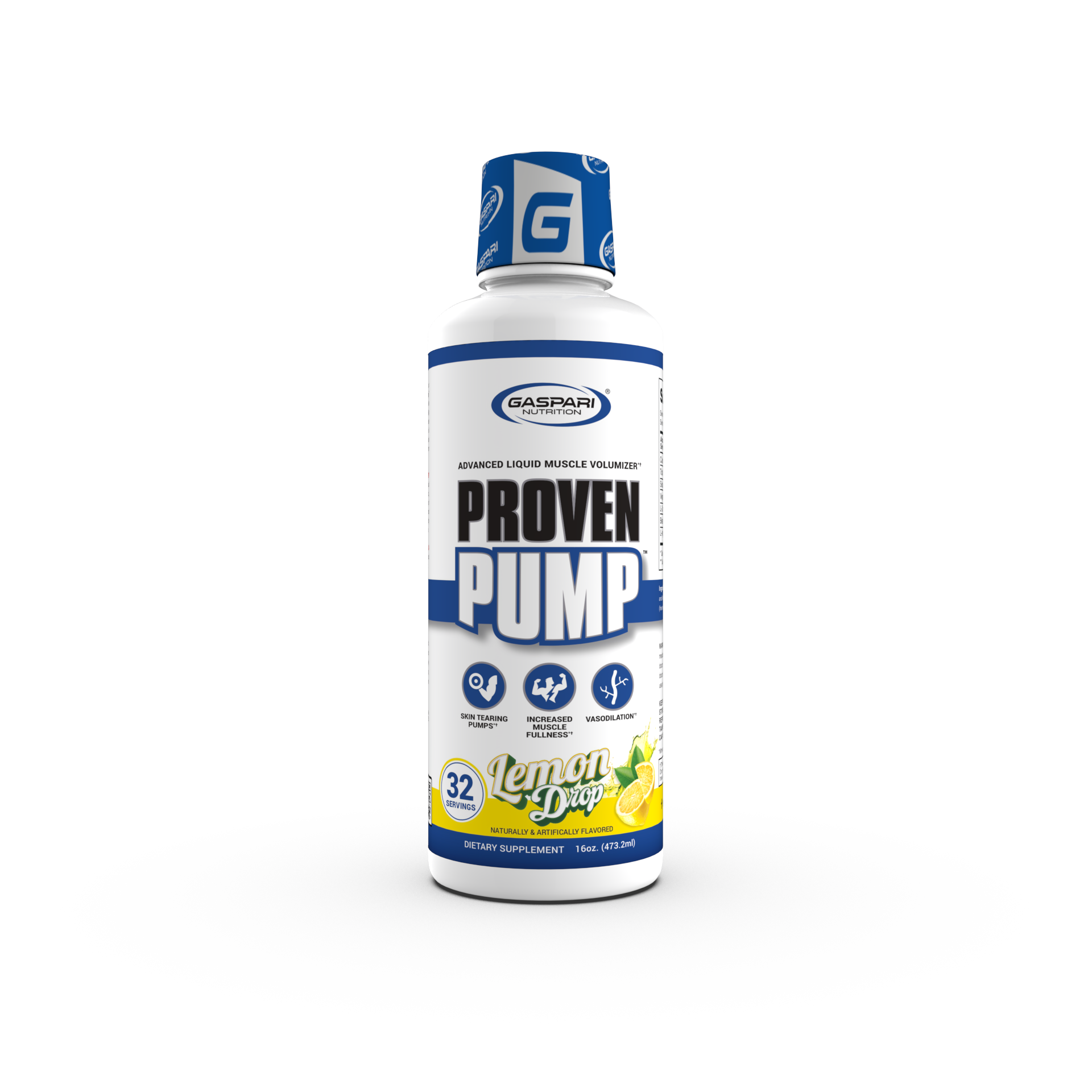
Share:
Tell Him He Can't And He Will
Building A Big Chest